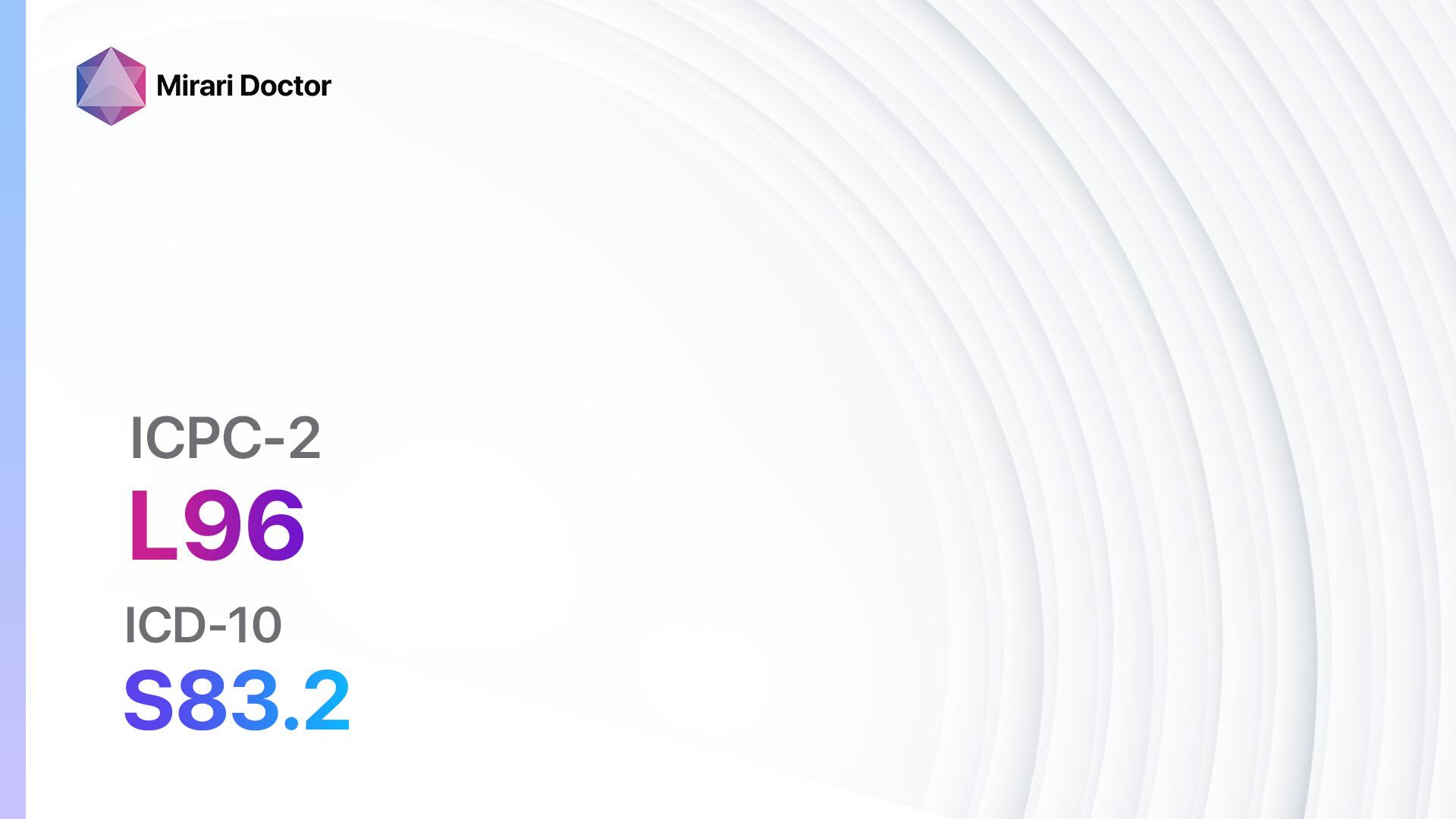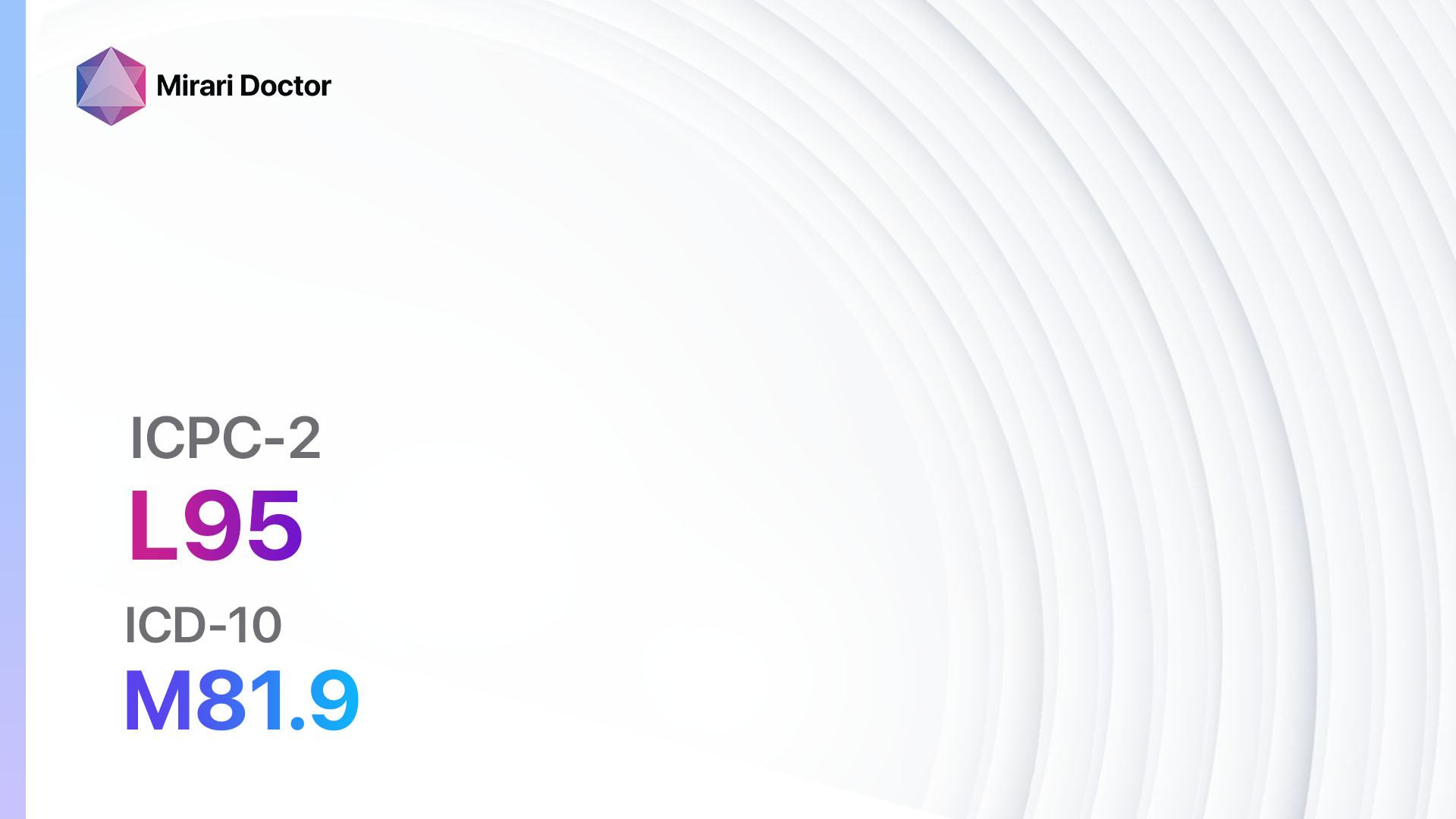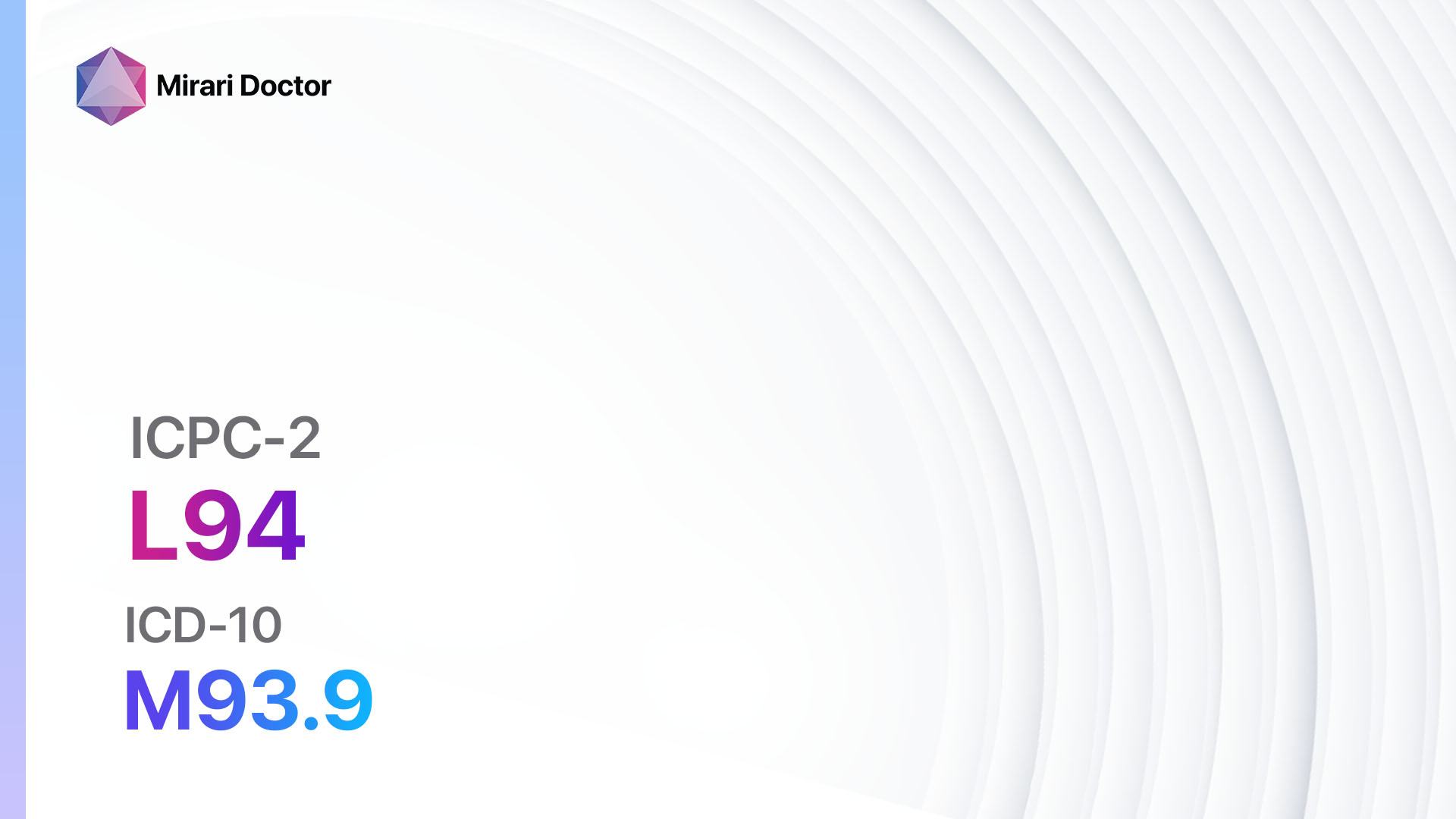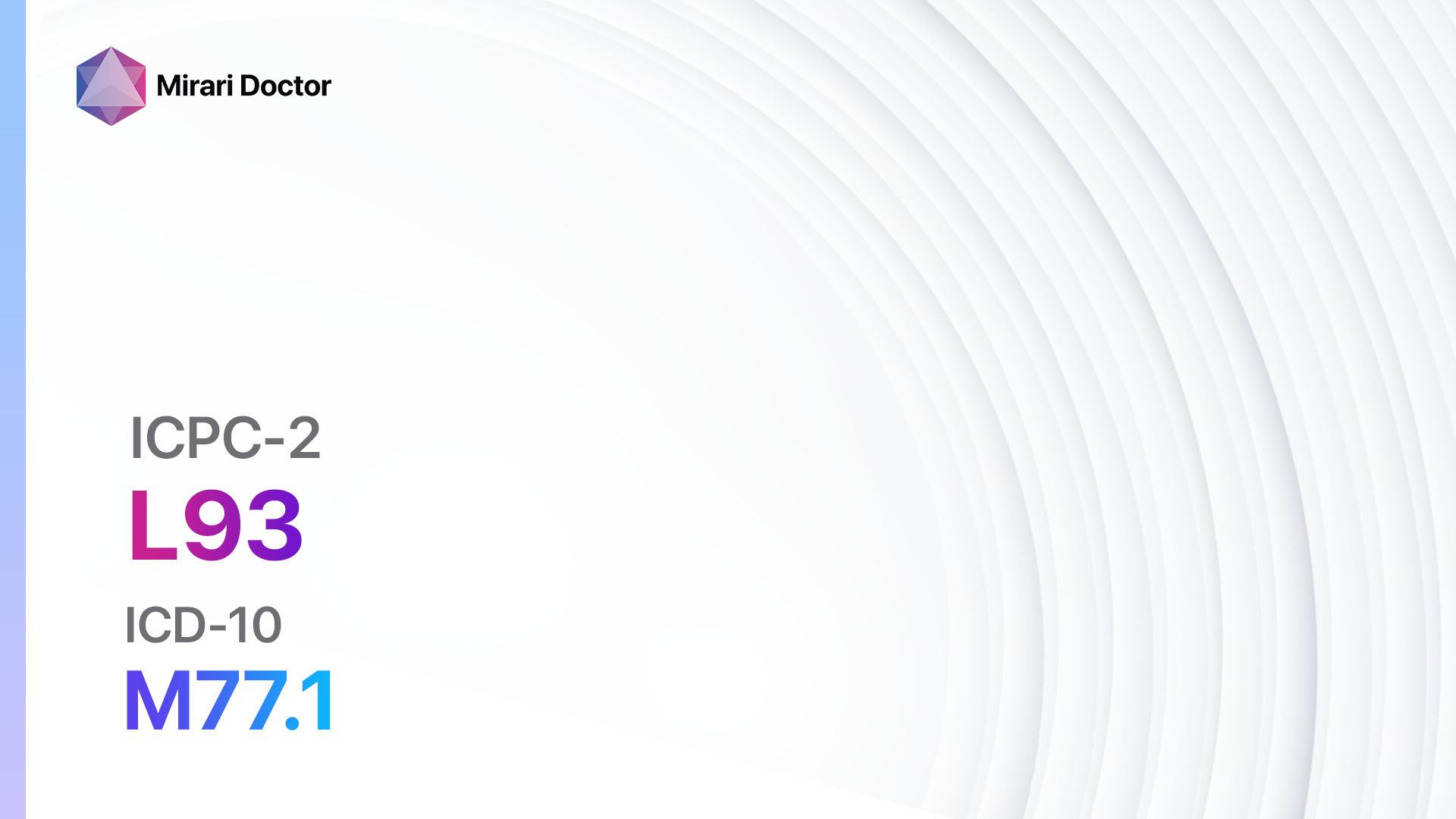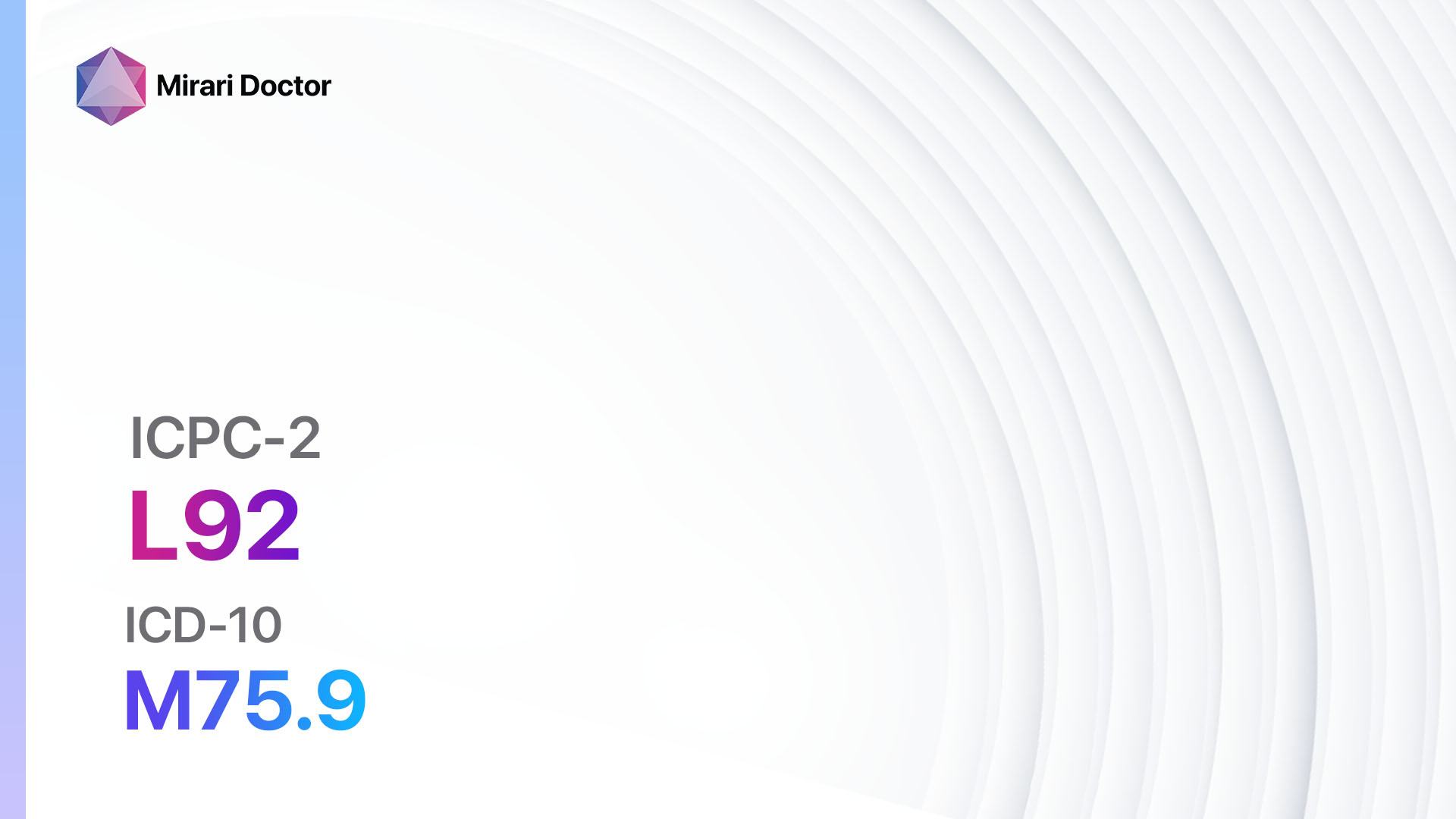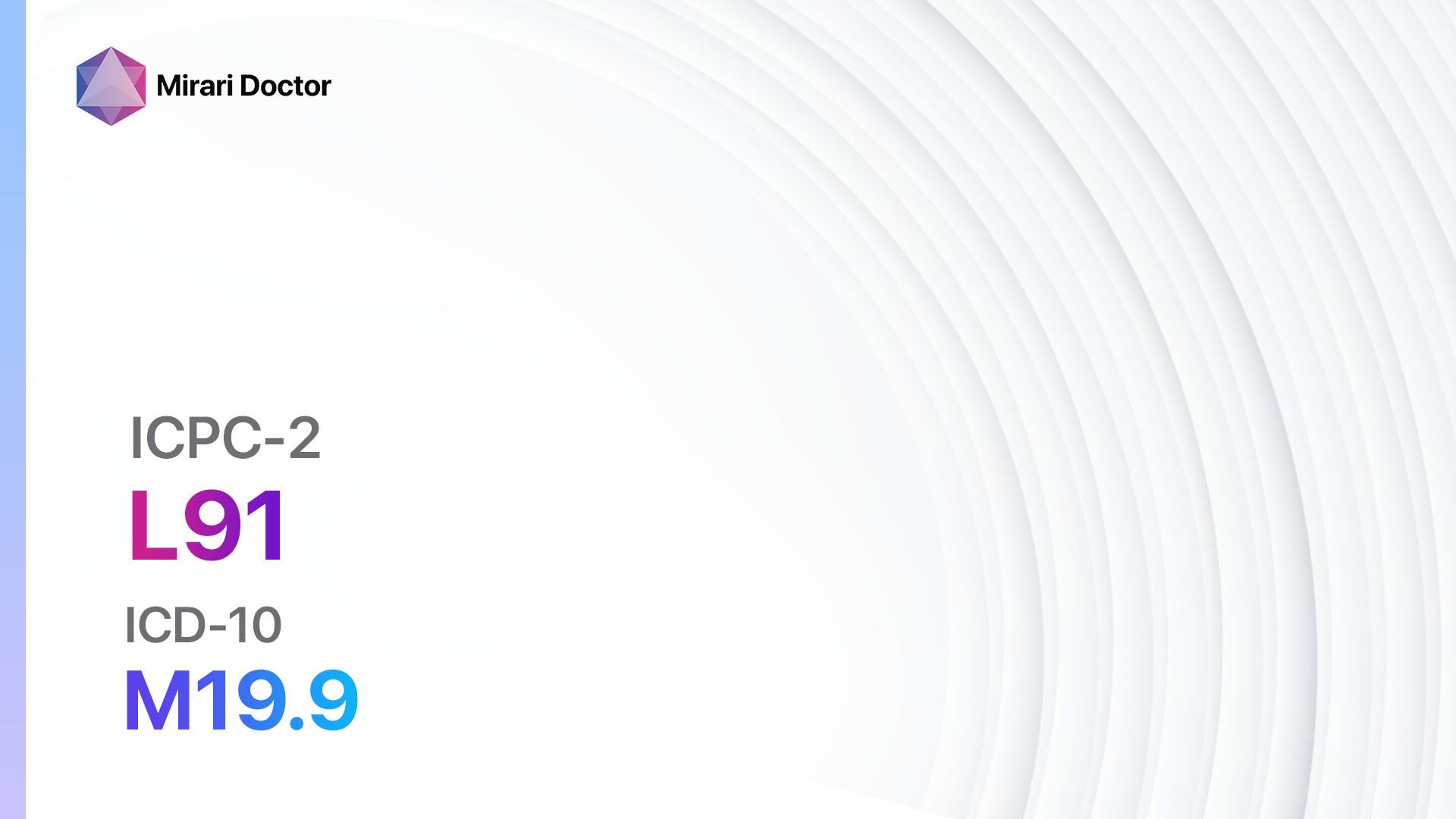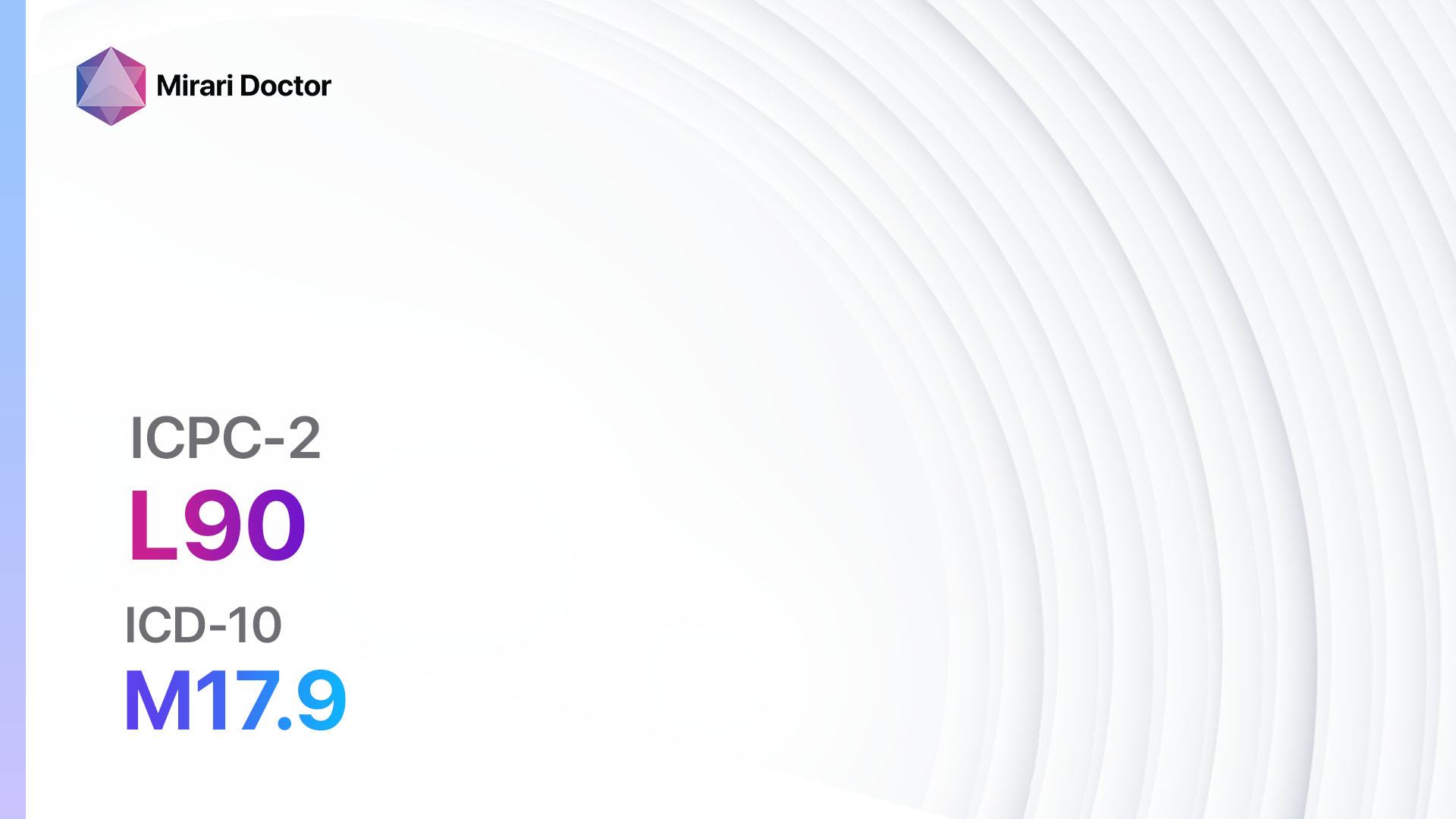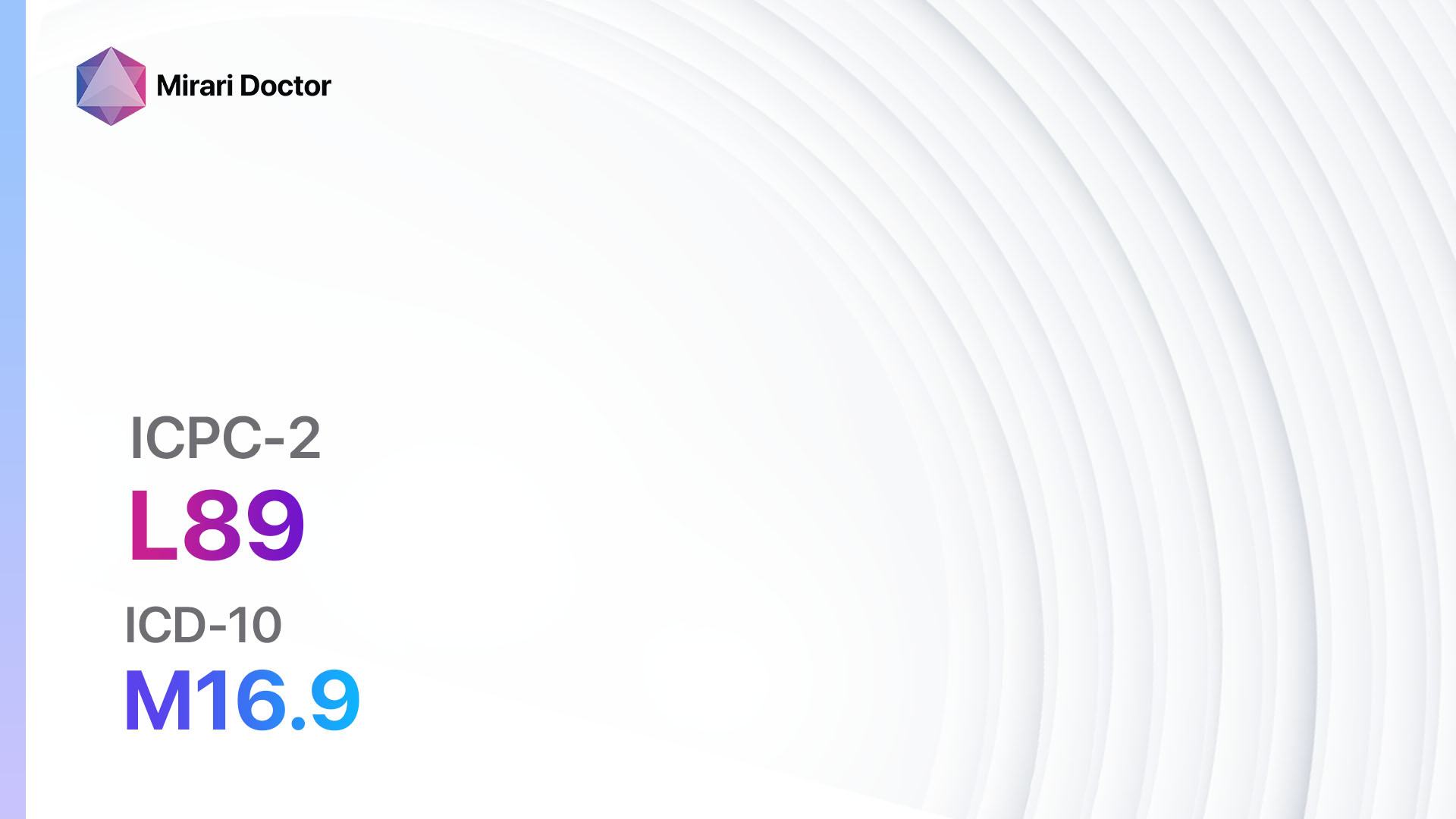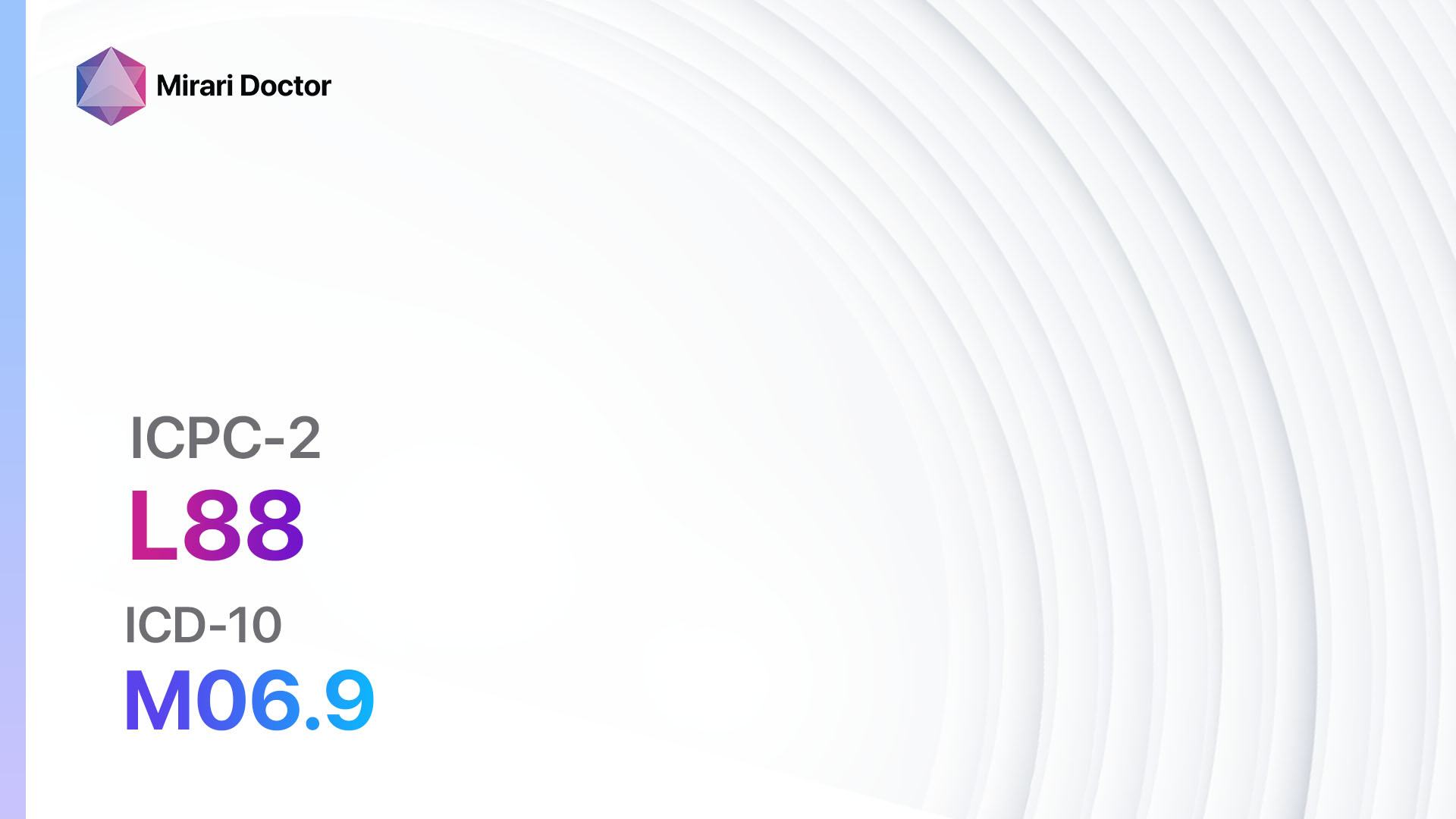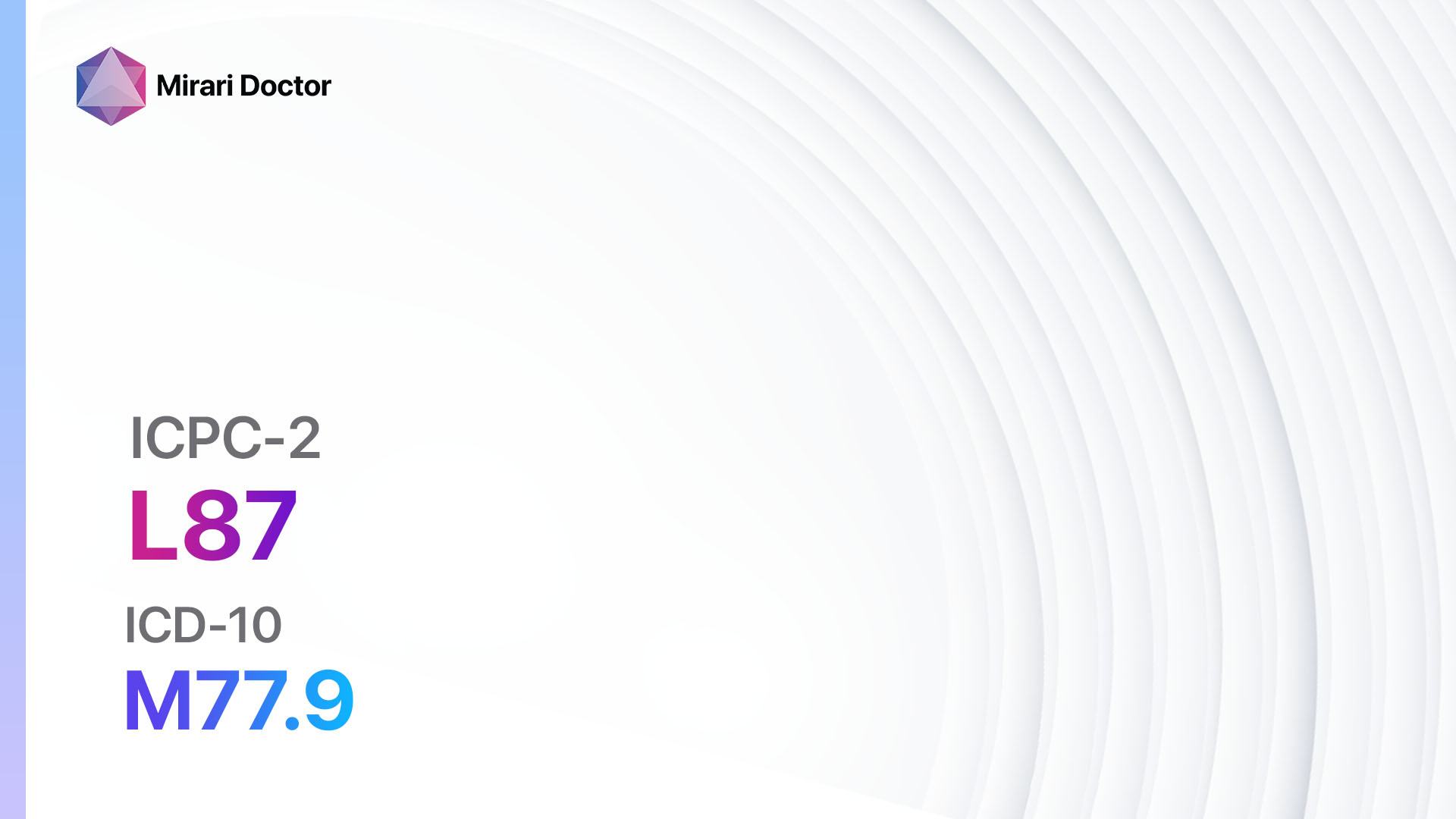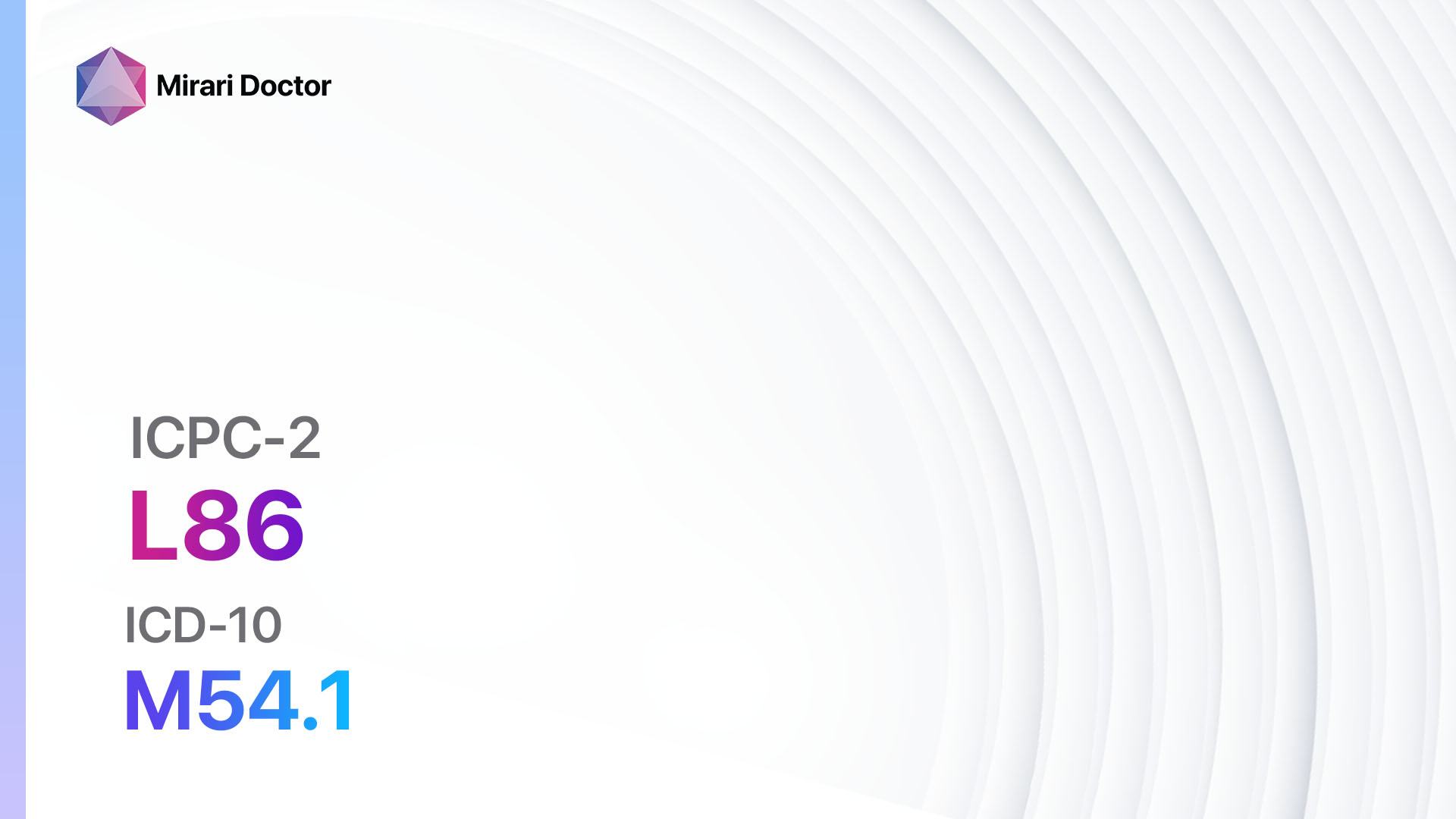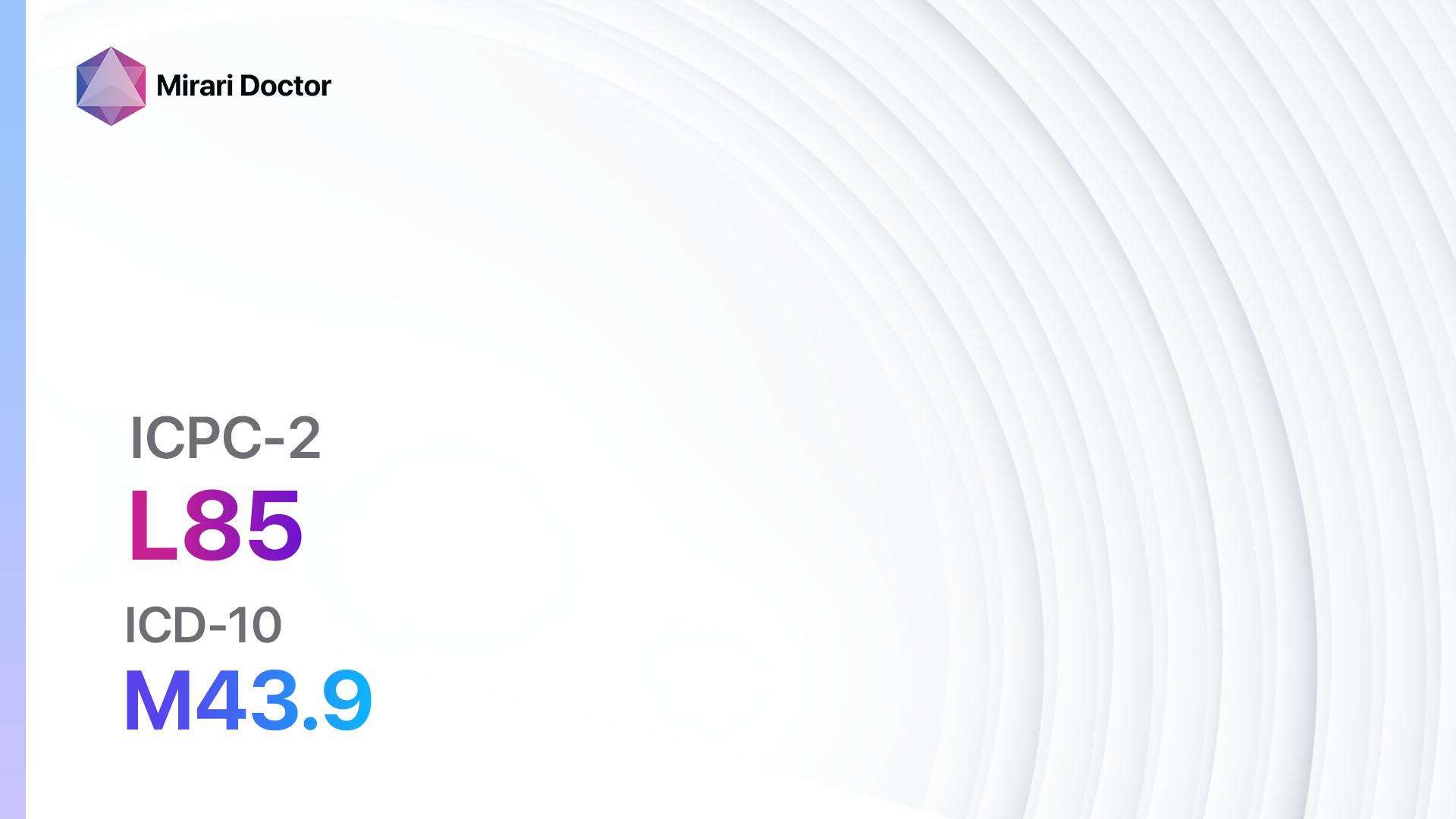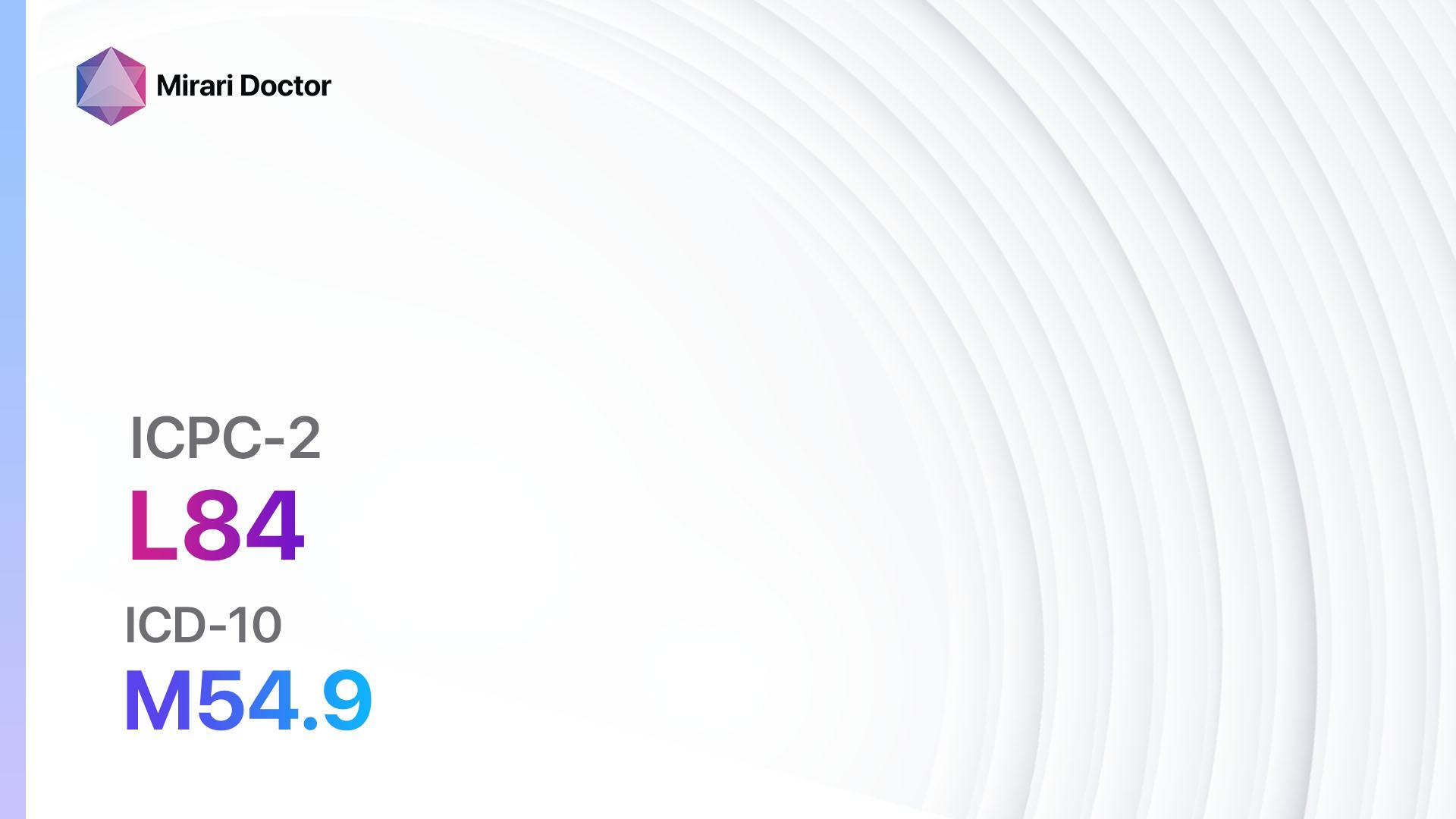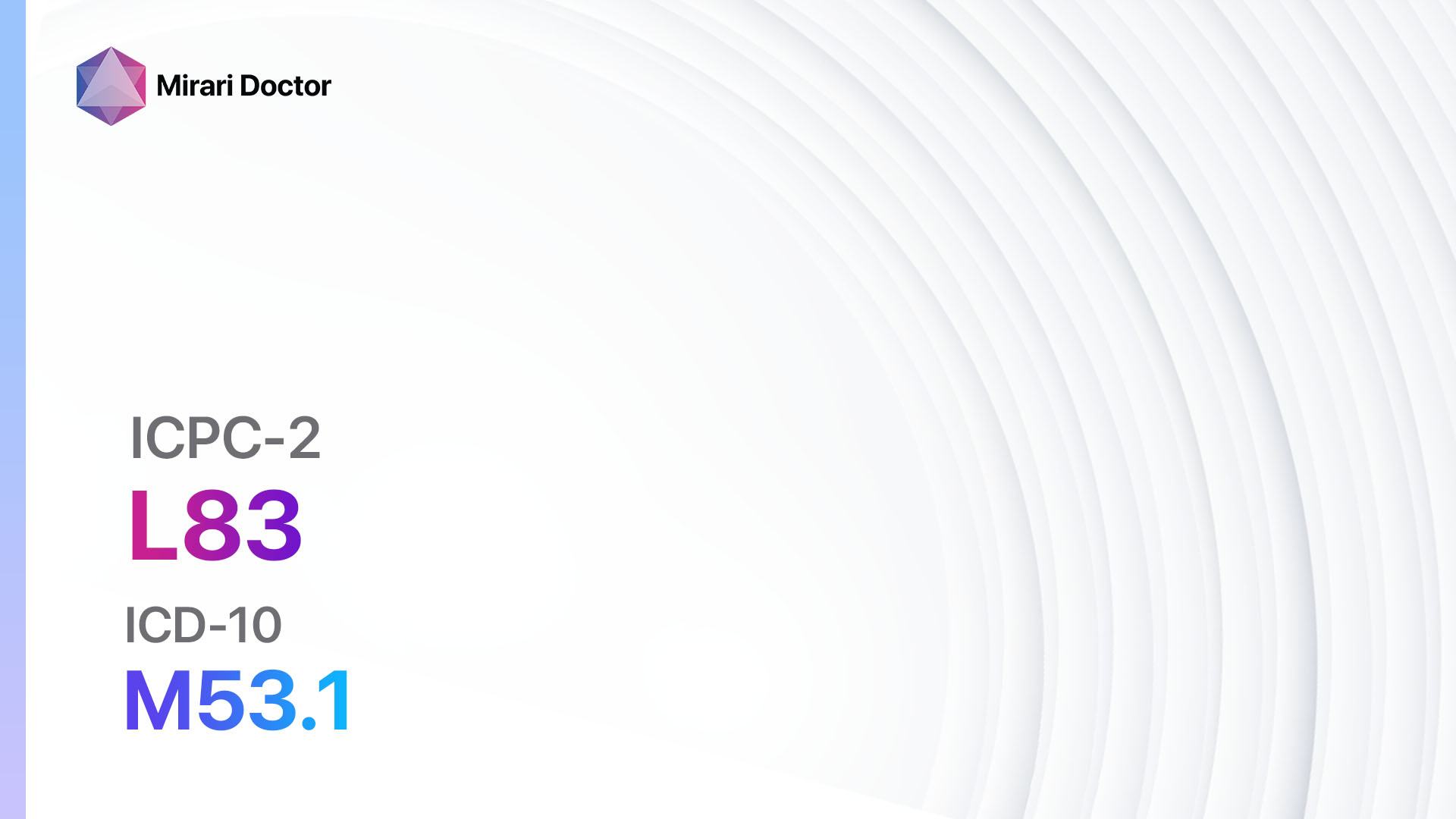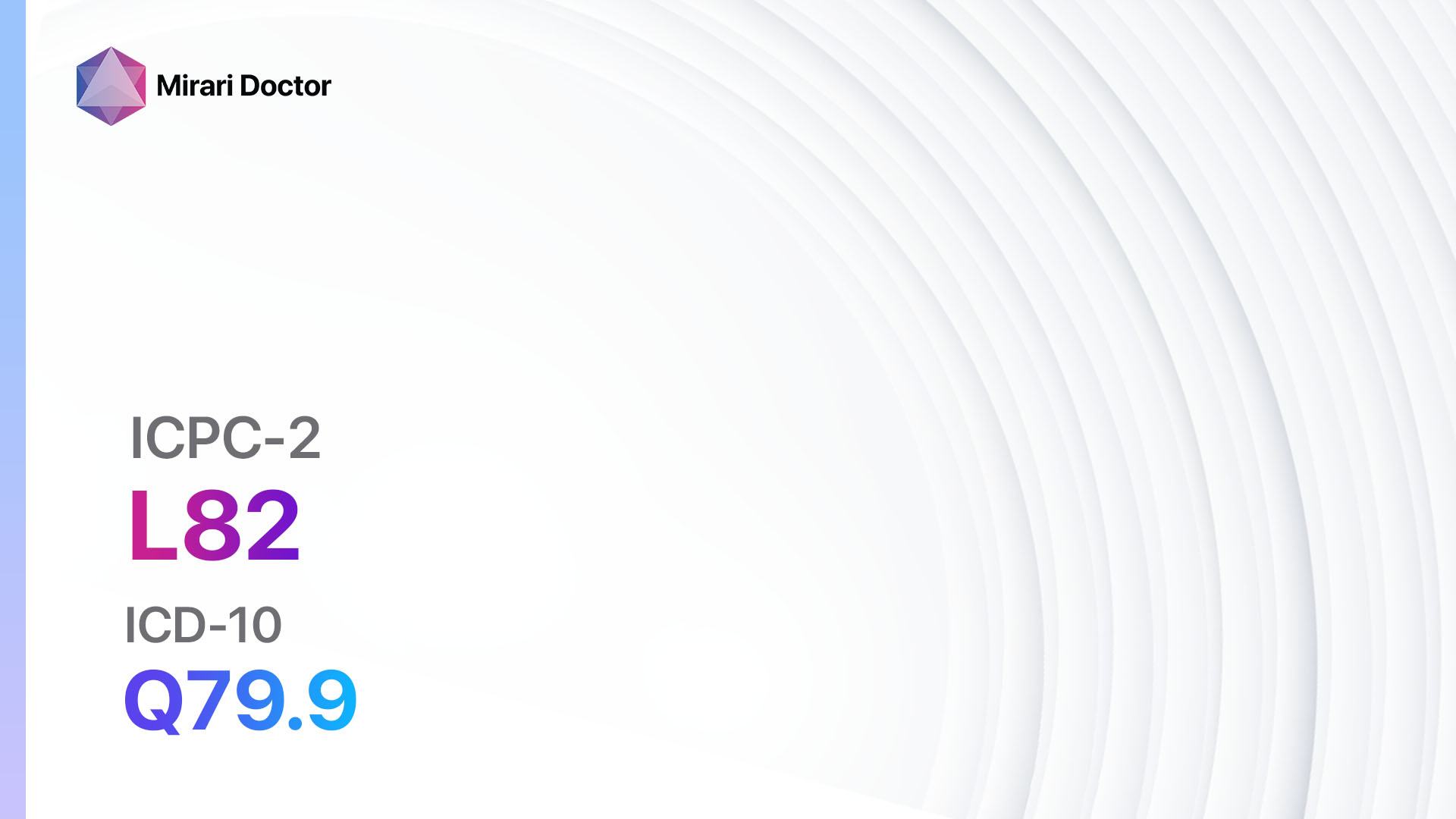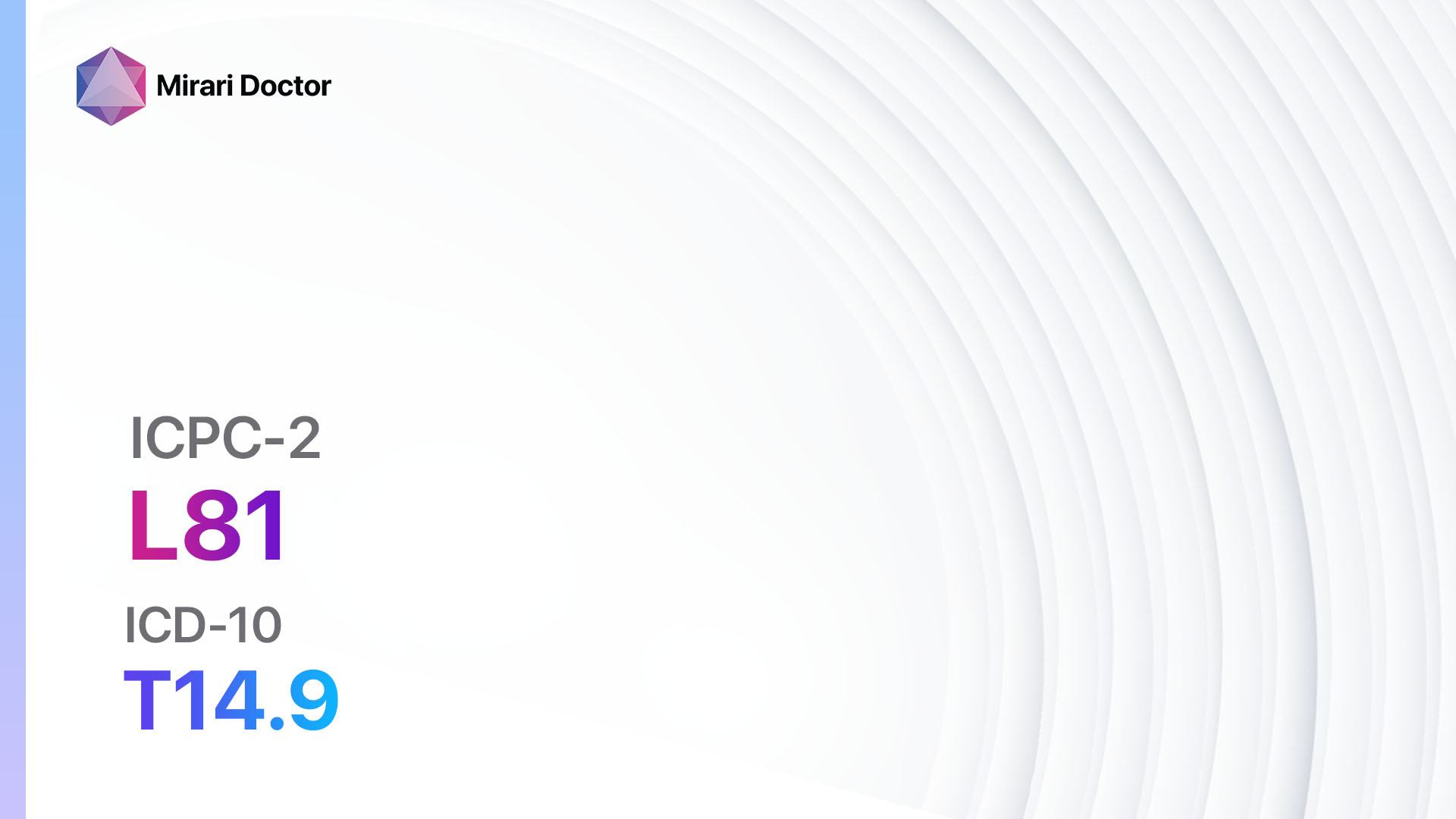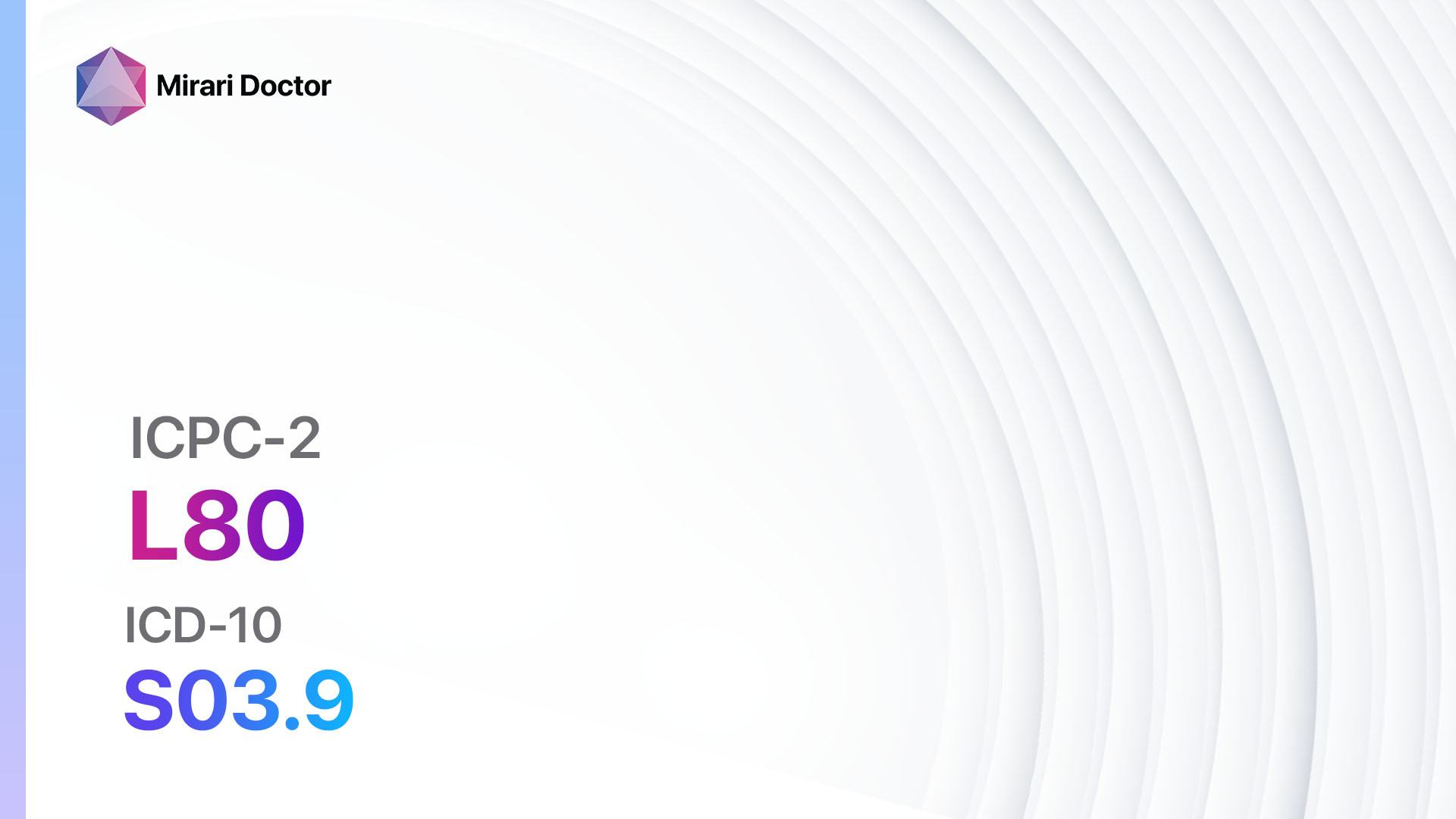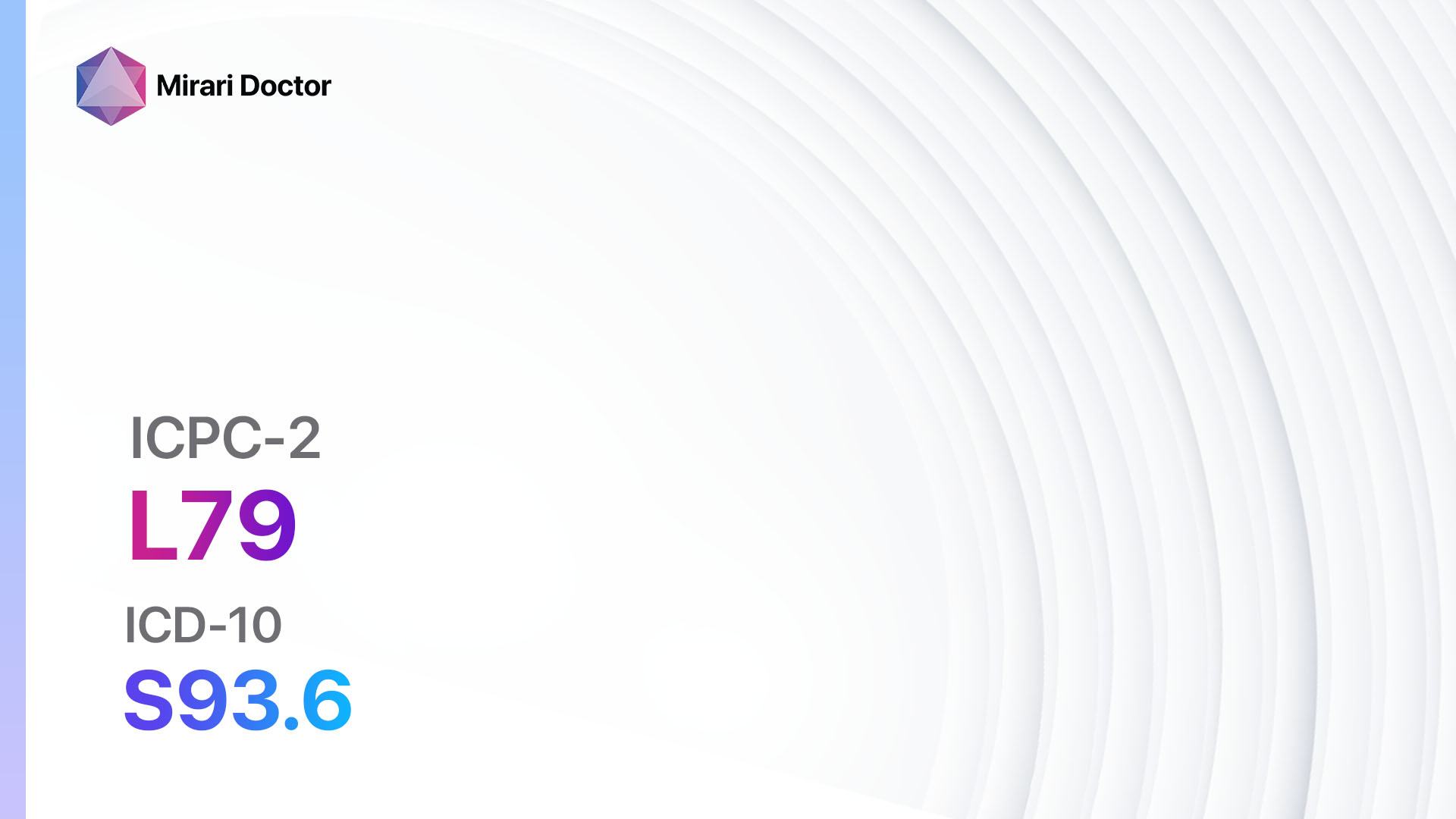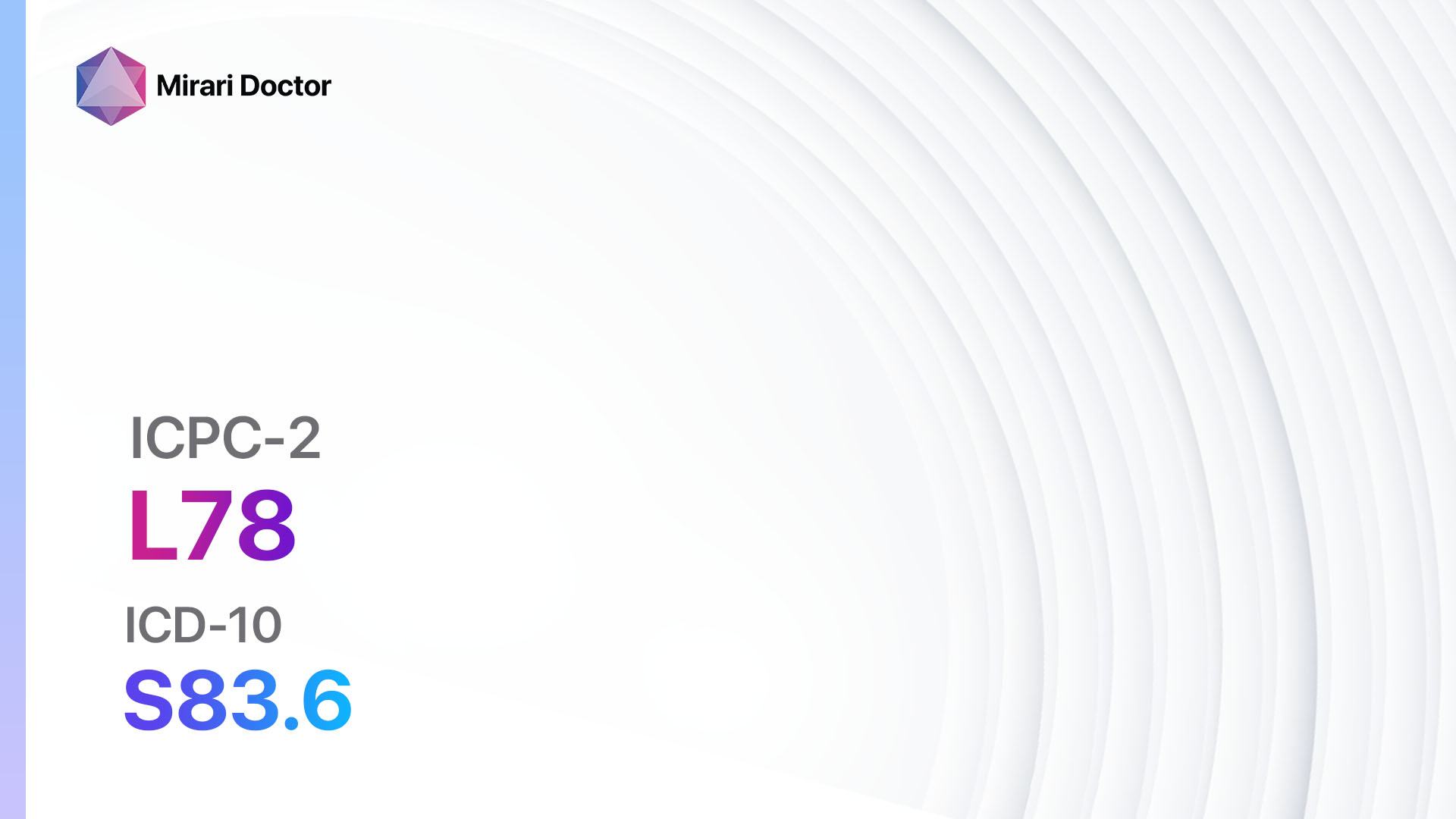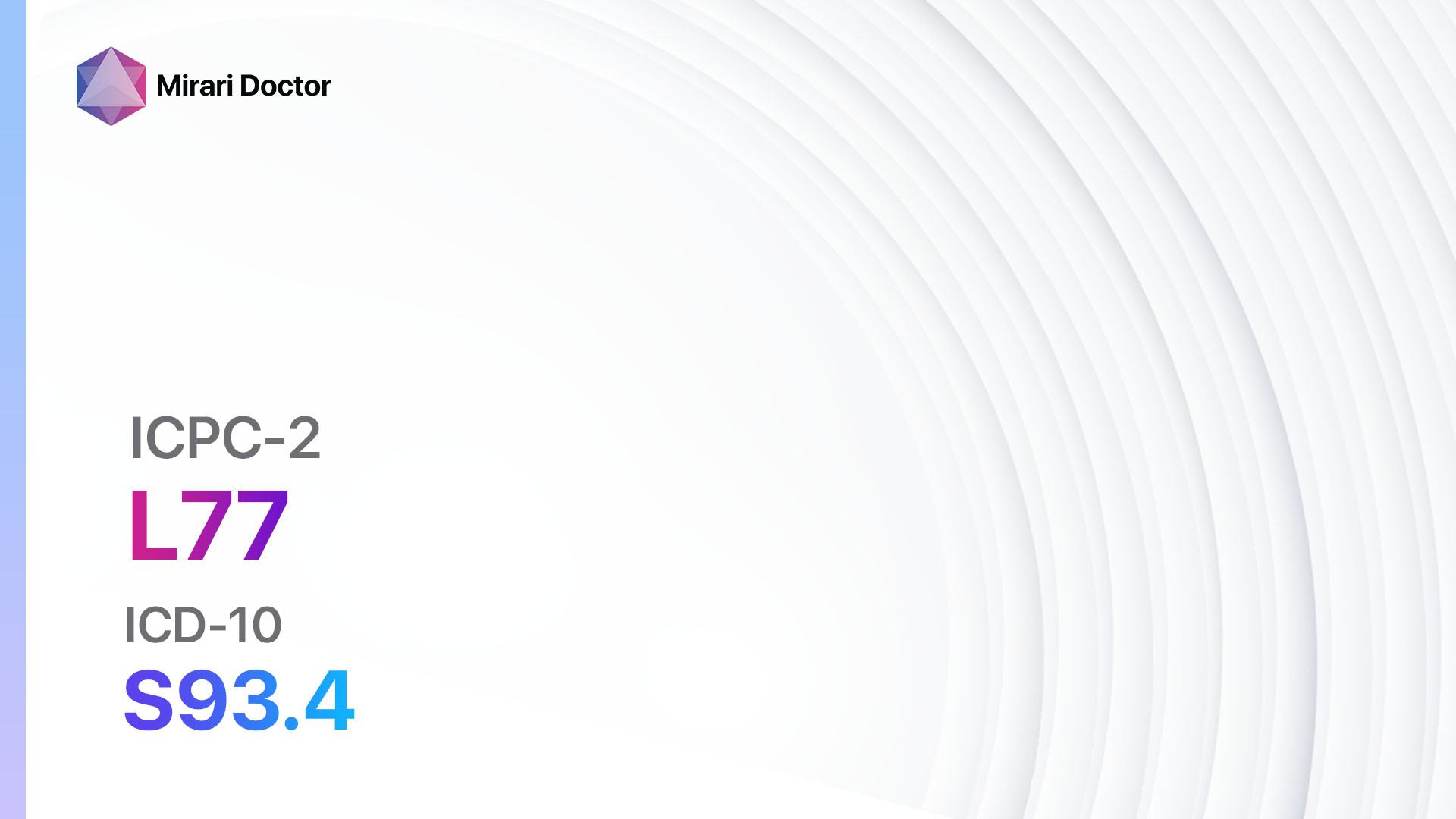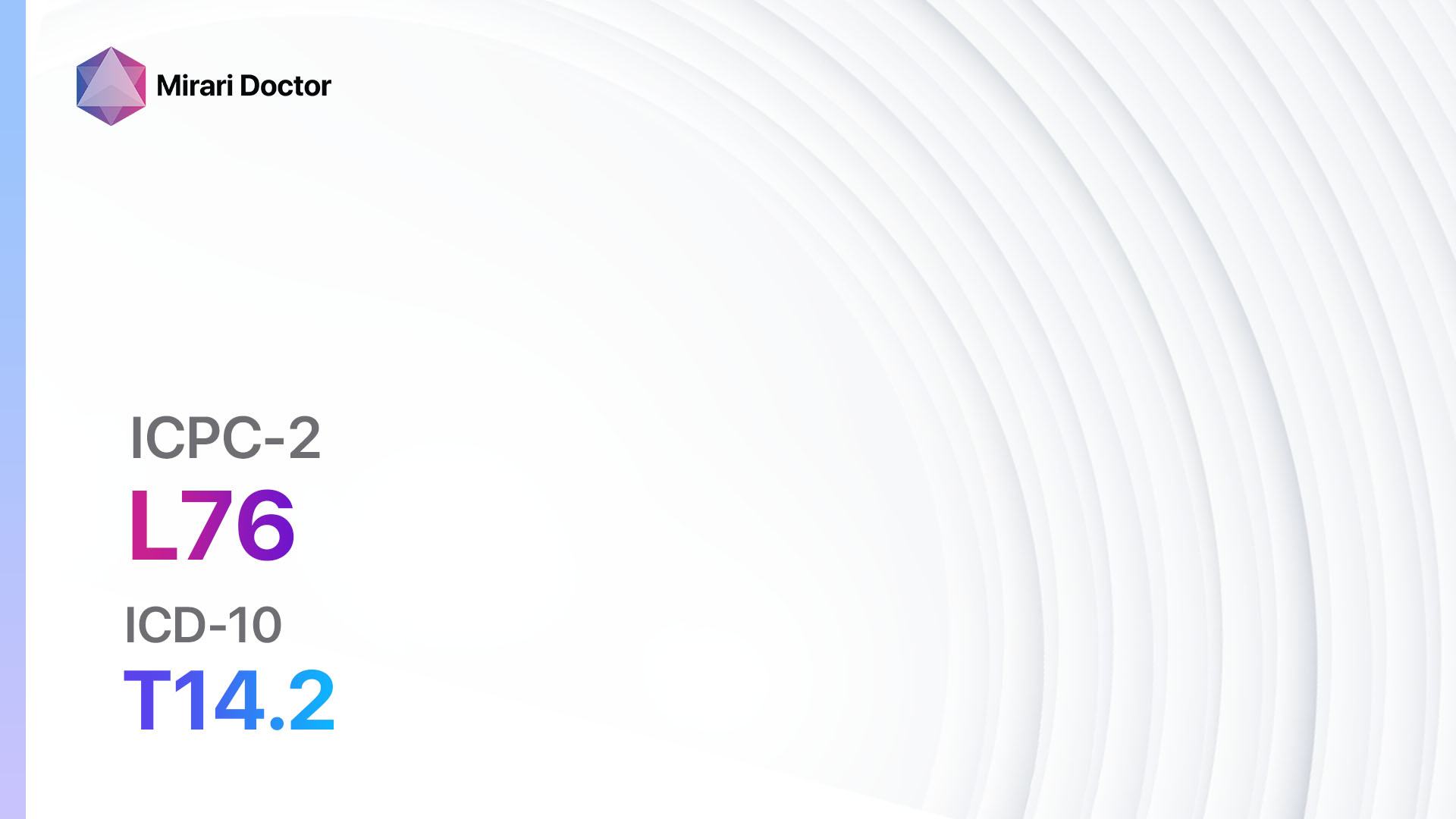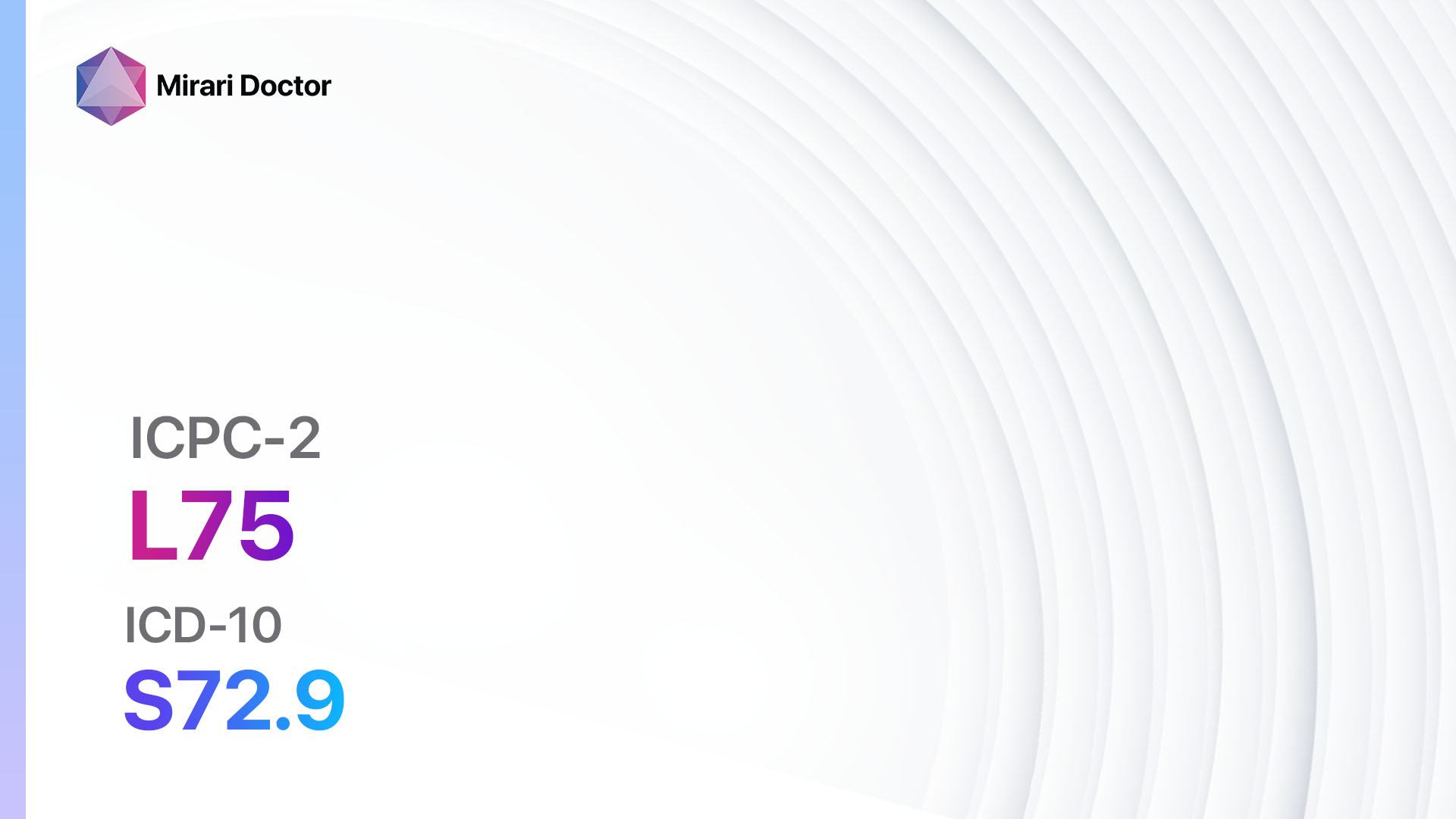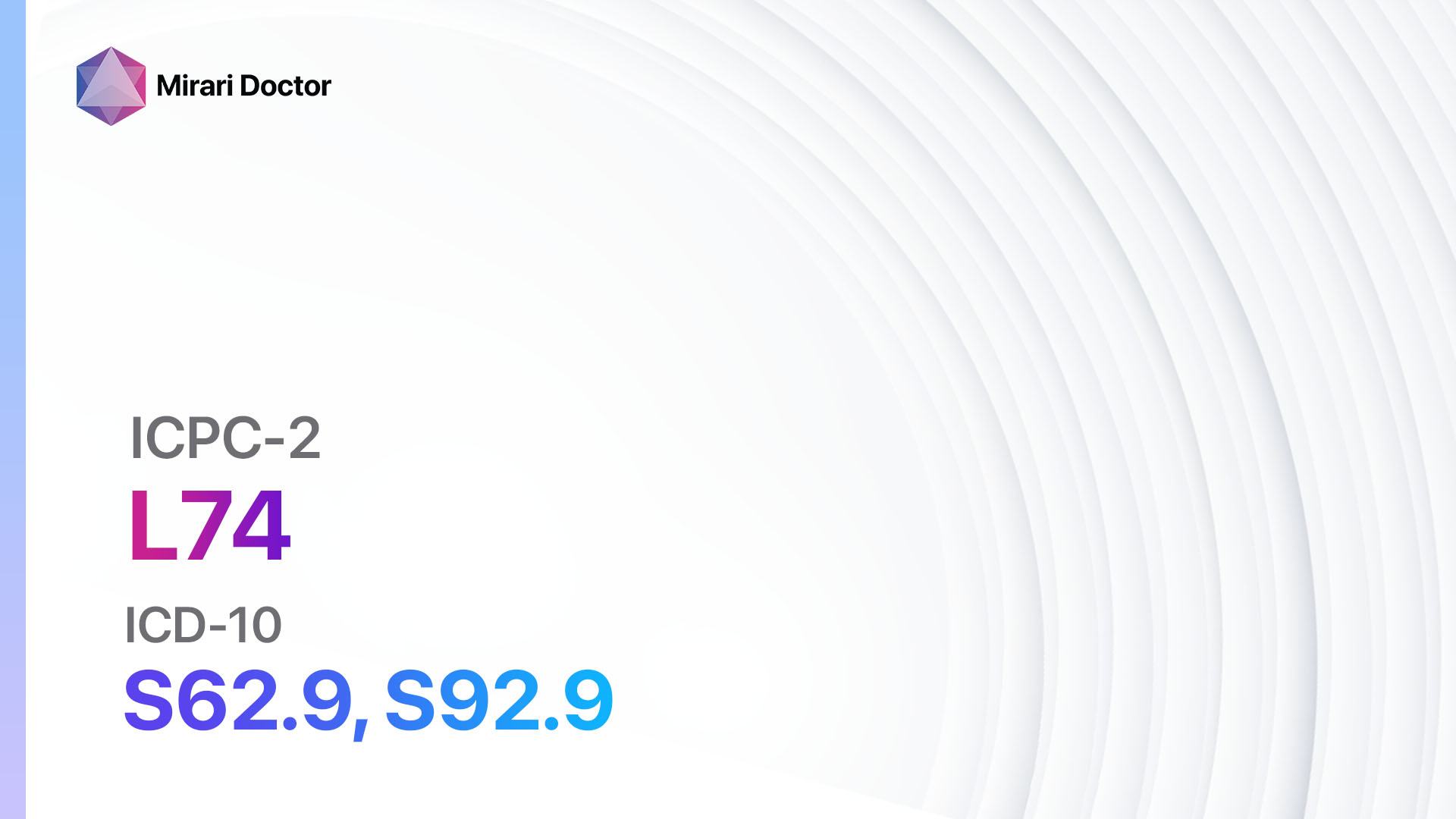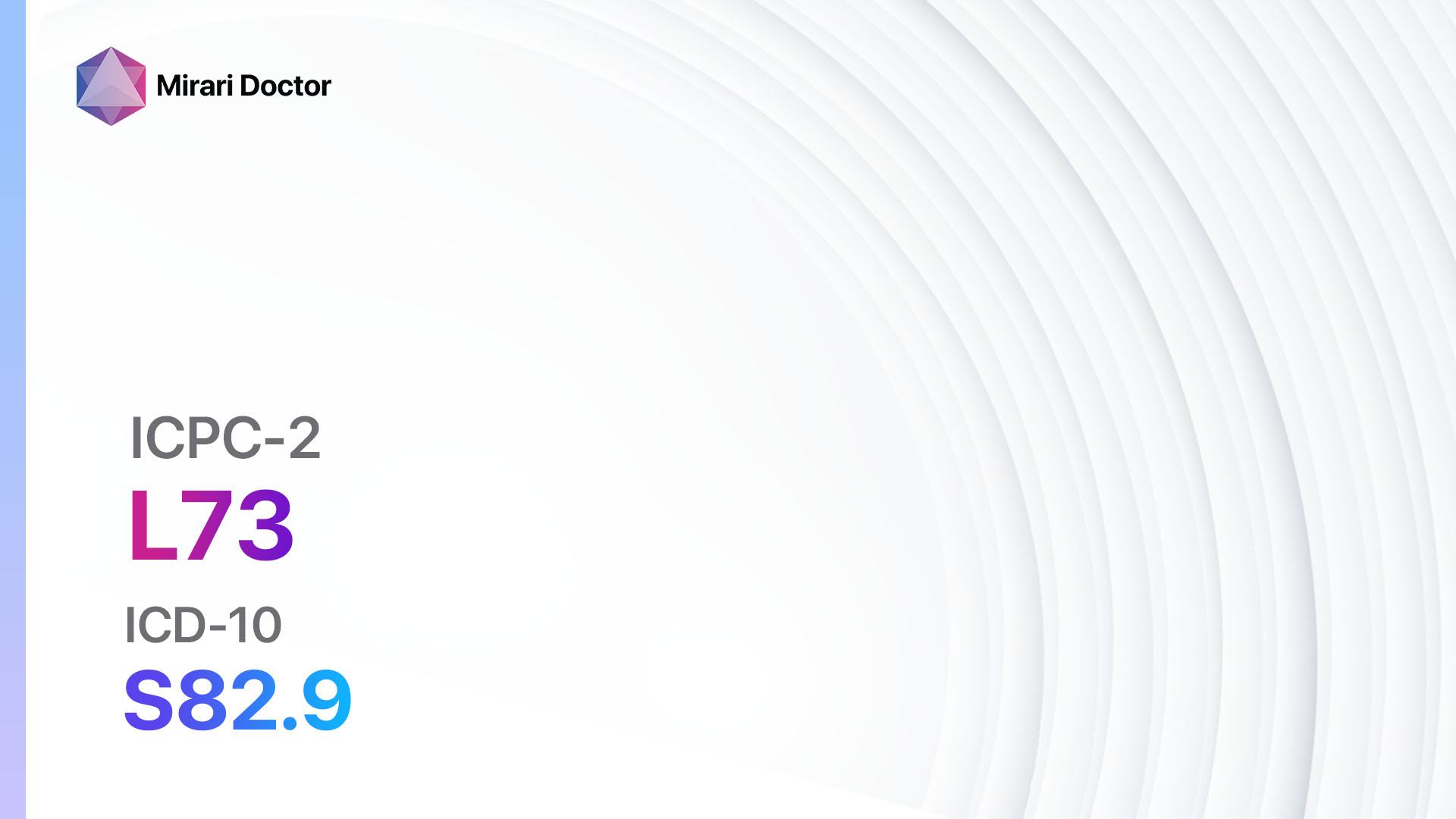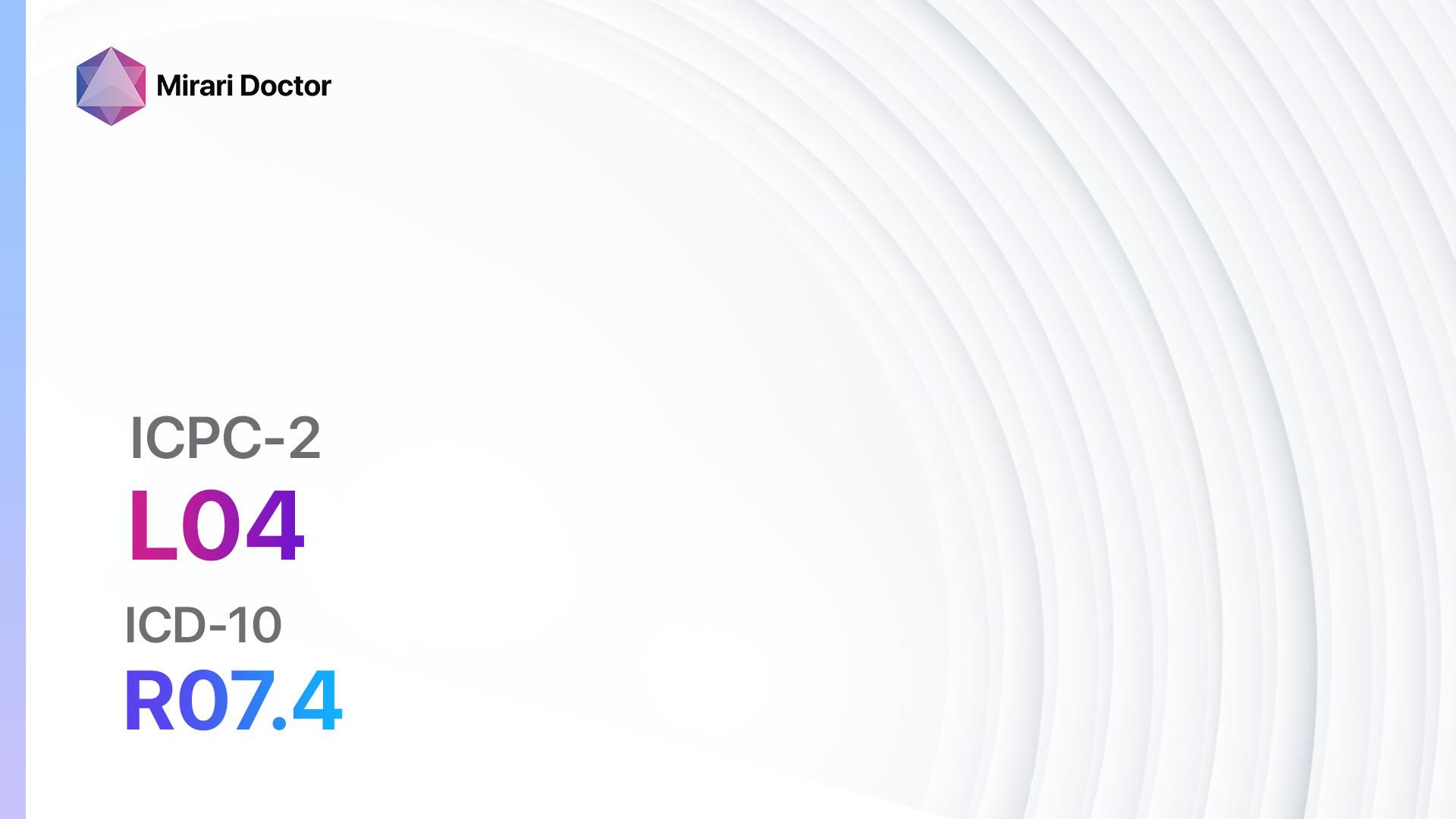
Introduction
Chest symptoms or complaints can be indicative of various underlying conditions, ranging from mild to severe. It is important to evaluate these symptoms thoroughly to determine the cause and provide appropriate treatment[1]. This guide aims to provide a comprehensive approach to diagnosing and managing chest symptoms.
Codes
Symptoms
- Chest pain: A common symptom associated with various conditions, including heart problems, lung diseases, gastrointestinal issues, and musculoskeletal disorders[4].
- Shortness of breath: Difficulty breathing or a feeling of breathlessness, which can be caused by respiratory or cardiac conditions[5].
- Cough: A reflex action to clear the airways, which can be a symptom of respiratory infections, allergies, or chronic lung diseases[6].
- Wheezing: A high-pitched whistling sound produced during breathing, often associated with asthma or other respiratory conditions[7].
- Palpitations: Sensations of a rapid or irregular heartbeat, which can be caused by cardiac arrhythmias or other underlying heart conditions[8].
Causes
- Cardiac causes: Chest symptoms can be indicative of various heart conditions, including angina, myocardial infarction, pericarditis, or heart failure[9].
- Respiratory causes: Lung diseases such as pneumonia, bronchitis, asthma, or chronic obstructive pulmonary disease (COPD) can present with chest symptoms[10].
- Gastrointestinal causes: Gastroesophageal reflux disease (GERD), peptic ulcers, or gallbladder disease can cause chest pain or discomfort.
- Musculoskeletal causes: Chest symptoms can also be caused by musculoskeletal conditions such as costochondritis, rib fractures, or muscle strains.
Diagnostic Steps
Medical History
- Gather information about the patient’s symptoms, including the nature, duration, and severity of chest symptoms.
- Identify any risk factors for cardiac or respiratory diseases, such as smoking, family history, or occupational exposures.
- Assess for any associated symptoms, such as fever, cough, or gastrointestinal complaints.
- Inquire about any previous medical conditions or surgeries that may be relevant to the current symptoms.
Physical Examination
- Perform a thorough physical examination, including vital signs, auscultation of the heart and lungs, and palpation of the chest.
- Look for signs of respiratory distress, abnormal heart sounds, or chest wall tenderness.
- Assess for any signs of infection, such as fever or abnormal lung sounds.
- Evaluate for any signs of cardiac abnormalities, including murmurs or irregular heart rhythms.
Laboratory Tests
- Complete blood count (CBC): To assess for signs of infection or anemia.
- Basic metabolic panel (BMP): To evaluate electrolyte imbalances or kidney function.
- Cardiac enzymes: To rule out myocardial infarction or other cardiac conditions.
- D-dimer: To assess for the presence of a blood clot in the lungs (pulmonary embolism).
- Arterial blood gas (ABG): To evaluate oxygen and carbon dioxide levels in the blood.
Diagnostic Imaging
- Chest X-ray: To assess for any abnormalities in the lungs, heart, or chest wall.
- Electrocardiogram (ECG): To evaluate the electrical activity of the heart and identify any arrhythmias or ischemic changes.
- Echocardiogram: To assess the structure and function of the heart, including the valves and chambers.
- Computed tomography (CT) scan: To obtain detailed images of the chest, including the lungs, heart, and blood vessels.
- Magnetic resonance imaging (MRI): To provide detailed images of the chest, particularly useful for evaluating the heart and blood vessels.
Other Tests
- Pulmonary function tests: To assess lung function and diagnose respiratory conditions such as asthma or COPD.
- Stress test: To evaluate cardiac function during exercise and assess for any underlying heart conditions.
- Esophagogastroduodenoscopy (EGD): To visualize the esophagus, stomach, and upper gastrointestinal tract for any abnormalities.
- Bronchoscopy: To examine the airways and collect samples for further evaluation in cases of suspected lung diseases.
- Fine-needle aspiration (FNA) biopsy: To obtain a tissue sample from a suspicious mass or lymph node for further analysis.
Follow-up and Patient Education
- Schedule follow-up appointments to monitor the patient’s progress and adjust treatment as necessary.
- Provide education on lifestyle modifications, such as smoking cessation, weight management, and regular exercise.
- Discuss the importance of adhering to prescribed medications and any potential side effects or interactions.
- Address any concerns or questions the patient may have regarding their condition or treatment plan.
Possible Interventions
Traditional Interventions
Medications:
Top 5 drugs for chest symptoms/complaints:
- Analgesics (e.g., Acetaminophen, Ibuprofen):
- Cost: Generic versions can be $3-$10/month.
- Contraindications: Allergy to the medication, active gastrointestinal bleeding.
- Side effects: Upset stomach, allergic reactions.
- Severe side effects: Liver damage, kidney problems.
- Drug interactions: Other pain medications, blood thinners.
- Warning: Avoid excessive use or prolonged use without medical supervision.
- Bronchodilators (e.g., Albuterol, Salmeterol):
- Cost: Generic versions can be $10-$50/month.
- Contraindications: Allergy to the medication, uncontrolled high blood pressure.
- Side effects: Tremors, increased heart rate.
- Severe side effects: Chest pain, irregular heart rhythms.
- Drug interactions: Beta-blockers, diuretics.
- Warning: Proper inhaler technique is crucial for effective use.
- Antacids (e.g., Calcium carbonate, Aluminum hydroxide):
- Cost: Generic versions can be $5-$20/month.
- Contraindications: Allergy to the medication, kidney problems.
- Side effects: Constipation, diarrhea.
- Severe side effects: Kidney stones, electrolyte imbalances.
- Drug interactions: Antibiotics, iron supplements.
- Warning: Long-term use may affect nutrient absorption.
- Antibiotics (e.g., Amoxicillin, Azithromycin):
- Cost: Generic versions can be $10-$50/month.
- Contraindications: Allergy to the medication, liver problems.
- Side effects: Upset stomach, diarrhea.
- Severe side effects: Severe allergic reactions, liver damage.
- Drug interactions: Warfarin, oral contraceptives.
- Warning: Take the full course of antibiotics as prescribed.
- Anticoagulants (e.g., Warfarin, Apixaban):
- Cost: Generic versions can be $10-$100/month.
- Contraindications: Active bleeding, history of stroke.
- Side effects: Easy bruising, bleeding gums.
- Severe side effects: Internal bleeding, allergic reactions.
- Drug interactions: NSAIDs, other blood thinners.
- Warning: Regular monitoring of blood clotting parameters is required.
Alternative Drugs:
- Antidepressants (e.g., Sertraline, Escitalopram): May be prescribed for chest symptoms associated with anxiety or depression.
- Proton pump inhibitors (e.g., Omeprazole, Pantoprazole): Useful for managing chest symptoms related to acid reflux.
- Antihistamines (e.g., Loratadine, Cetirizine): Can help alleviate chest symptoms caused by allergies.
- Muscle relaxants (e.g., Cyclobenzaprine, Methocarbamol): May be prescribed for chest symptoms related to muscle spasms or strains.
- Corticosteroids (e.g., Prednisone, Fluticasone): Used to manage chest symptoms associated with inflammation or allergic reactions.
Surgical Procedures:
- Coronary artery bypass surgery (CABG): A surgical procedure to bypass blocked or narrowed coronary arteries, restoring blood flow to the heart. Cost: $70,000 to $200,000.
- Lung resection: Surgical removal of a portion of the lung to treat conditions such as lung cancer or infections. Cost: $50,000 to $150,000.
- Esophageal surgery: Surgical procedures to treat conditions such as hiatal hernia or esophageal cancer. Cost: $50,000 to $150,000.
- Thoracic surgery: Various surgical procedures performed on the chest, including lung, heart, or esophageal surgeries. Cost: $50,000 to $200,000.
- Pleurodesis: A procedure to treat recurrent pleural effusion by creating adhesions between the layers of the pleura. Cost: $10,000 to $30,000.
Alternative Interventions
- Acupuncture: May help alleviate chest symptoms by promoting relaxation and improving energy flow. Cost: $60-$120 per session.
- Chiropractic care: Can help relieve chest symptoms caused by musculoskeletal issues. Cost: $50-$200 per session.
- Herbal supplements: Certain herbs, such as ginger or turmeric, may have anti-inflammatory properties that can help with chest symptoms. Cost: Varies depending on the specific supplement.
- Breathing exercises: Techniques such as deep breathing or pursed-lip breathing can help improve lung function and alleviate chest symptoms. Cost: Free.
- Yoga: Incorporating gentle yoga poses and breathing exercises can help improve chest symptoms and promote overall well-being. Cost: $10-$20 per class.
Lifestyle Interventions
- Smoking cessation: Quitting smoking can significantly improve chest symptoms and reduce the risk of developing respiratory or cardiac conditions. Cost: Varies depending on the chosen method (e.g., nicotine replacement therapy, medications, counseling).
- Regular exercise: Engaging in regular physical activity can improve lung function, cardiovascular health, and overall well-being. Cost: Varies depending on the chosen activity (e.g., gym membership, fitness classes).
- Healthy diet: Following a balanced diet rich in fruits, vegetables, whole grains, and lean proteins can support overall health and reduce the risk of chronic diseases. Cost: Varies depending on food choices and dietary preferences.
- Stress management: Practicing stress-reducing techniques such as meditation, mindfulness, or relaxation exercises can help alleviate chest symptoms associated with anxiety or stress. Cost: Free or minimal cost for guided meditation apps or classes.
- Weight management: Maintaining a healthy weight can reduce the strain on the heart and lungs, improving chest symptoms and overall health. Cost: Varies depending on chosen weight loss methods or programs.
It is important to note that the cost ranges provided are approximate and may vary depending on the location and availability of the interventions.
Mirari Cold Plasma Alternative Intervention
Understanding Mirari Cold Plasma
- Safe and Non-Invasive Treatment: Mirari Cold Plasma is a safe and non-invasive treatment option for various skin conditions. It does not require incisions, minimizing the risk of scarring, bleeding, or tissue damage.
- Efficient Extraction of Foreign Bodies: Mirari Cold Plasma facilitates the removal of foreign bodies from the skin by degrading and dissociating organic matter, allowing easier access and extraction.
- Pain Reduction and Comfort: Mirari Cold Plasma has a local analgesic effect, providing pain relief during the treatment, making it more comfortable for the patient.
- Reduced Risk of Infection: Mirari Cold Plasma has antimicrobial properties, effectively killing bacteria and reducing the risk of infection.
- Accelerated Healing and Minimal Scarring: Mirari Cold Plasma stimulates wound healing and tissue regeneration, reducing healing time and minimizing the formation of scars.
Mirari Cold Plasma Prescription
Video instructions for using Mirari Cold Plasma Device – L04 Chest symptom/complaint (ICD-10:R07.4)
| Mild | Moderate | Severe |
| Mode setting: 2 (Wound Healing) Location: 0 (Localized) Morning: 15 minutes, Evening: 15 minutes |
Mode setting: 2 (Wound Healing) Location: 0 (Localized) Morning: 30 minutes, Lunch: 30 minutes, Evening: 30 minutes |
Mode setting: 2 (Wound Healing) Location: 0 (Localized) Morning: 30 minutes, Lunch: 30 minutes, Evening: 30 minutes |
| Mode setting: 9 (Arthritis) Location: 0 (Localized) Morning: 15 minutes, Evening: 15 minutes |
Mode setting: 9 (Arthritis) Location: 0 (Localized) Morning: 30 minutes, Lunch: 30 minutes, Evening: 30 minutes |
Mode setting: 9 (Arthritis) Location: 0 (Localized) Morning: 30 minutes, Lunch: 30 minutes, Evening: 30 minutes |
| Mode setting: 7 (Immunotherapy) Location: 1 (Sacrum) Morning: 15 minutes, Evening: 15 minutes |
Mode setting: 7 (Immunotherapy) Location: 1 (Sacrum) Morning: 30 minutes, Lunch: 30 minutes, Evening: 30 minutes |
Mode setting: 7 (Immunotherapy) Location: 1 (Sacrum) Morning: 30 minutes, Lunch: 30 minutes, Evening: 30 minutes |
| Total Morning: 45 minutes approx. $7.50 USD, Evening: 45 minutes approx. $7.50 USD |
Total Morning: 90 minutes approx. $15 USD, Lunch: 90 minutes approx. $15 USD, Evening: 90 minutes approx. $15 USD, |
Total Morning: 90 minutes approx. $15 USD, Lunch: 90 minutes approx. $15 USD, Evening: 90 minutes approx. $15 USD, |
| Usual treatment for 7-60 days approx. $105 USD – $900 USD | Usual treatment for 6-8 weeks approx. $1,890 USD – $2,520 USD |
Usual treatment for 3-6 months approx. $4,050 USD – $8,100 USD
|
 |
|
Use the Mirari Cold Plasma device to treat Chest symptom/complaint effectively.
WARNING: MIRARI COLD PLASMA IS DESIGNED FOR THE HUMAN BODY WITHOUT ANY ARTIFICIAL OR THIRD PARTY PRODUCTS. USE OF OTHER PRODUCTS IN COMBINATION WITH MIRARI COLD PLASMA MAY CAUSE UNPREDICTABLE EFFECTS, HARM OR INJURY. PLEASE CONSULT A MEDICAL PROFESSIONAL BEFORE COMBINING ANY OTHER PRODUCTS WITH USE OF MIRARI.
Step 1: Cleanse the Skin
- Start by cleaning the affected area of the skin with a gentle cleanser or mild soap and water. Gently pat the area dry with a clean towel.
Step 2: Prepare the Mirari Cold Plasma device
- Ensure that the Mirari Cold Plasma device is fully charged or has fresh batteries as per the manufacturer’s instructions. Make sure the device is clean and in good working condition.
- Switch on the Mirari device using the power button or by following the specific instructions provided with the device.
- Some Mirari devices may have adjustable settings for intensity or treatment duration. Follow the manufacturer’s instructions to select the appropriate settings based on your needs and the recommended guidelines.
Step 3: Apply the Device
- Place the Mirari device in direct contact with the affected area of the skin. Gently glide or hold the device over the skin surface, ensuring even coverage of the area experiencing.
- Slowly move the Mirari device in a circular motion or follow a specific pattern as indicated in the user manual. This helps ensure thorough treatment coverage.
Step 4: Monitor and Assess:
- Keep track of your progress and evaluate the effectiveness of the Mirari device in managing your Chest symptom/complaint. If you have any concerns or notice any adverse reactions, consult with your health care professional.
Note
This guide is for informational purposes only and should not replace the advice of a medical professional. Always consult with your healthcare provider or a qualified medical professional for personal advice, diagnosis, or treatment. Do not solely rely on the information presented here for decisions about your health. Use of this information is at your own risk. The authors of this guide, nor any associated entities or platforms, are not responsible for any potential adverse effects or outcomes based on the content.
Mirari Cold Plasma System Disclaimer
- Purpose: The Mirari Cold Plasma System is a Class 2 medical device designed for use by trained healthcare professionals. It is registered for use in Thailand and Vietnam. It is not intended for use outside of these locations.
- Informational Use: The content and information provided with the device are for educational and informational purposes only. They are not a substitute for professional medical advice or care.
- Variable Outcomes: While the device is approved for specific uses, individual outcomes can differ. We do not assert or guarantee specific medical outcomes.
- Consultation: Prior to utilizing the device or making decisions based on its content, it is essential to consult with a Certified Mirari Tele-Therapist and your medical healthcare provider regarding specific protocols.
- Liability: By using this device, users are acknowledging and accepting all potential risks. Neither the manufacturer nor the distributor will be held accountable for any adverse reactions, injuries, or damages stemming from its use.
- Geographical Availability: This device has received approval for designated purposes by the Thai and Vietnam FDA. As of now, outside of Thailand and Vietnam, the Mirari Cold Plasma System is not available for purchase or use.
References
- Dezube R. Medical History and Physical Examination for Lung Disorders. MSD Manual Consumer Version. https://www.msdmanuals.com/home/lung-and-airway-disorders/diagnosis-of-lung-disorders/medical-history-and-physical-examination-for-lung-disorders. Accessed June 21, 2024.
- Malmström K, Huuskonen O, Torkki P, Malmström R. Structured classification for ED presenting complaints – from free text field-based approach to ICPC-2 ED application. Scand J Trauma Resusc Emerg Med. 2012;20:76. Published 2012 Nov 2. doi:10.1186/1757-7241-20-76
- ICD-10 code for Chest pain, unspecified. Guthrie. https://www.guthrie.org/icd-10-code-chest-pain-unspecified. Accessed June 21, 2024.
- Chest pain. Mayo Clinic. https://www.mayoclinic.org/diseases-conditions/chest-pain/symptoms-causes/syc-20370838. Accessed June 21, 2024.
- Rao SS. Diagnosis and Management of Esophageal Chest Pain. Gastroenterol Hepatol (N Y). 2011;7(1):50-52.
- Chest pain: 27 causes, symptoms, and when to see a doctor. Medical News Today. https://www.medicalnewstoday.com/articles/321650. Accessed June 21, 2024.
- Chest pain. NHS. https://www.nhs.uk/conditions/chest-pain/. Accessed June 21, 2024.
- Cascino T. Medical History and Physical Examination for Heart and Blood Vessel Disorders. MSD Manual Consumer Version. https://www.msdmanuals.com/home/heart-and-blood-vessel-disorders/diagnosis-of-heart-and-blood-vessel-disorders/medical-history-and-physical-examination-for-heart-and-blood-vessel-disorders. Accessed June 21, 2024.
- Chest pain – Knowledge @ AMBOSS. AMBOSS. https://www.amboss.com/us/knowledge/chest-pain. Accessed June 21, 2024.
- Acute Chest Syndrome Symptoms and Diagnosis. American Lung Association. https://www.lung.org/lung-health-diseases/lung-disease-lookup/acute-chest-syndrome/symptoms-diagnosis. Accessed June 21, 2024.
Related articles
Made in USA


